Articles > Geography
Know the capitals of Europe? Ready to try out the Europe Countries & Capitals or Europe Capitals Identifier Challenge quizzes? Here are the capitals of each European country.
Albania – Tirana
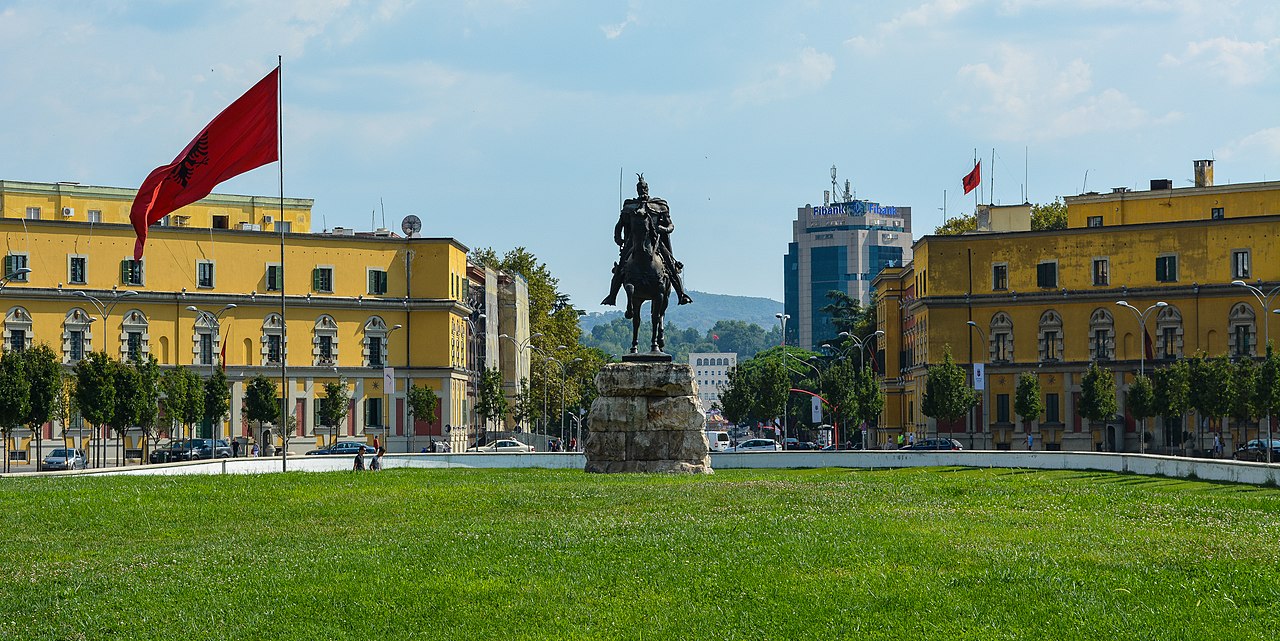
Tirana, the capital of Albania, is a city that has undergone significant transformation in recent years. Once known for its austere Soviet-style architecture, the city now boasts colorful buildings, trendy cafes, and lively squares. The Skanderbeg Square is at the heart of Tirana, surrounded by landmarks such as the National History Museum and the Et’hem Bey Mosque. The city’s vibrant cultural scene is also evident in its theaters, galleries, and music festivals. With its combination of history, modernity, and natural beauty, Tirana is a must-visit destination.
Interesting Fact:
Tirana was named the “City of Peace” by UNESCO in 2000 for its outstanding cultural and historical importance.
Andorra – Andorra la Vella

Andorra la Vella, the capital of Andorra, is the highest capital city in Europe, sitting at an elevation of 1,023 meters above sea level. Located in the Pyrenees mountains, the city is known for its scenic beauty and as a haven for shoppers, thanks to its tax-free status. The city’s charming Old Quarter offers narrow streets and historic buildings, while the modern side of Andorra la Vella features luxury hotels and shopping centers. The surrounding mountains also provide excellent opportunities for hiking, skiing, and other outdoor activities.
Interesting Fact:
Andorra la Vella is famous for its shopping, with luxury items available at duty-free prices due to the country’s tax-exempt status.
Austria – Vienna

Vienna, the capital of Austria, is one of the most culturally rich cities in Europe. Known for its imperial history, Vienna is home to magnificent palaces such as the Hofburg and Schönbrunn Palace. The city is also a hub for classical music, having been the residence of composers like Mozart, Beethoven, and Strauss. Visitors can explore grand opera houses, museums, and art galleries, as well as enjoy traditional Viennese coffee houses. Vienna’s beauty and cultural heritage make it a top European destination for tourists and history lovers.
Interesting Fact:
Vienna is often referred to as the “City of Music” because of its long history as a center for classical music and opera.
Belarus – Minsk
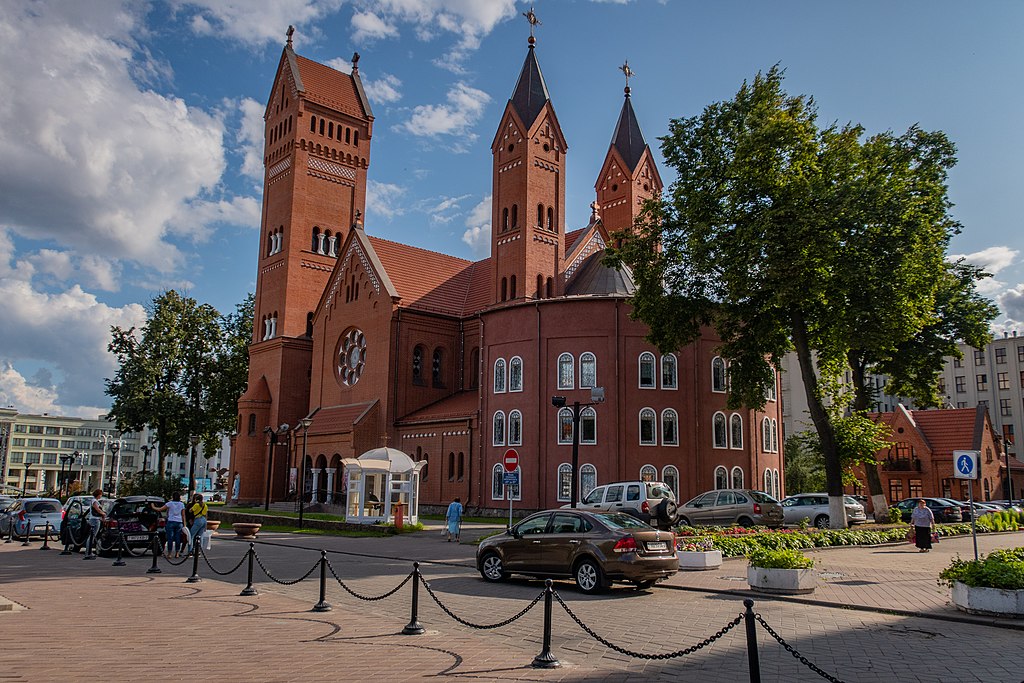
Minsk, the capital of Belarus, is a city with a mix of Soviet-era architecture and modern developments. The city is known for its grand squares, monumental buildings, and wide boulevards, which reflect the country’s history and culture. Minsk is also a cultural center with numerous theaters, museums, and galleries, as well as a vibrant music and dance scene. Despite its turbulent history, Minsk remains a dynamic and welcoming capital, with its green parks and scenic riverside offering a peaceful retreat from the hustle and bustle.
Interesting Fact:
Minsk is one of the cleanest cities in Europe, with strict regulations to keep its streets free of litter and pollution.
Belgium – Brussels
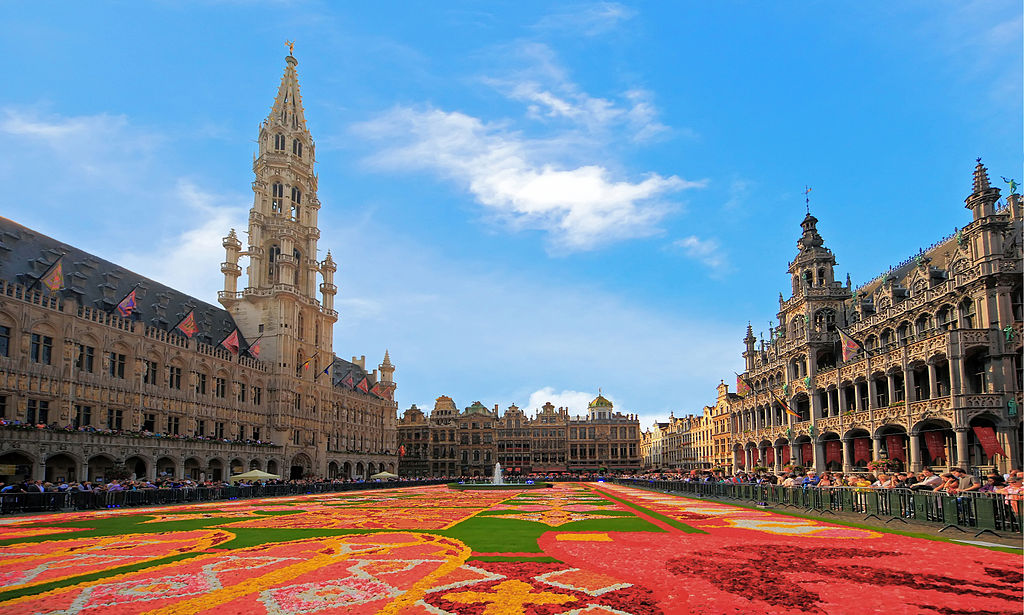
Brussels, the capital of Belgium, is also the de facto capital of the European Union, hosting major EU institutions such as the European Commission and European Parliament. The city is renowned for its historical architecture, with landmarks such as the Grand Place, Atomium, and the Royal Palace. Brussels is also famous for its culinary delights, including Belgian waffles, chocolate, and beer. The city’s rich cultural scene, diverse population, and cosmopolitan vibe make it one of Europe’s most unique and important capitals.
Interesting Fact:
Brussels is the headquarters of NATO and the European Union, making it one of the most politically significant cities in Europe.
Bosnia and Herzegovina – Sarajevo
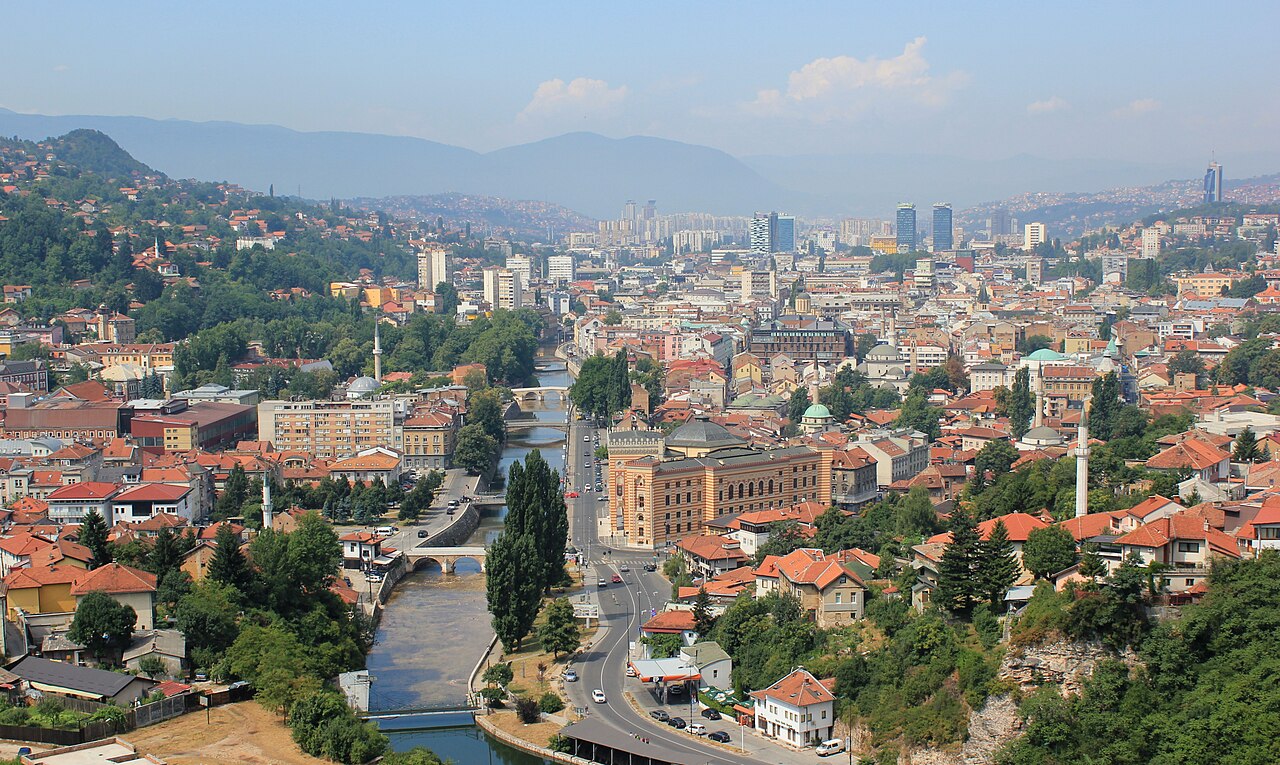
Sarajevo, the capital of Bosnia and Herzegovina, is a city with a rich, diverse history shaped by centuries of cultural exchanges between East and West. It is often called the “Jerusalem of Europe” because of its historical coexistence of various religious groups, including Muslims, Orthodox Christians, and Catholics. The city offers a blend of Ottoman, Austro-Hungarian, and Yugoslav influences, visible in its architecture and culture. Sarajevo is also known for its role in World War I, as the place where Archduke Franz Ferdinand was assassinated, leading to the outbreak of the war.
Interesting Fact:
Sarajevo is the site of the first Olympic Games held in a Socialist state in 1984, a significant event in the city’s history.
Bulgaria – Sofia
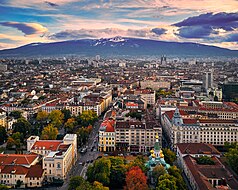
Sofia, the capital of Bulgaria, is one of Europe’s oldest cities, with a history dating back over 2,000 years. The city sits at the foot of Mount Vitosha, providing a stunning backdrop for its ancient and modern architecture. Sofia is home to landmarks such as the Alexander Nevsky Cathedral, the National Palace of Culture, and the Boyana Church, a UNESCO World Heritage site. The city’s vibrant arts scene, lively cafes, and beautiful parks make it a hub of cultural and social activity in the region.
Interesting Fact:
Sofia is one of the oldest continuously inhabited cities in Europe, with traces of ancient Roman, Byzantine, and Ottoman influences.
Croatia – Zagreb
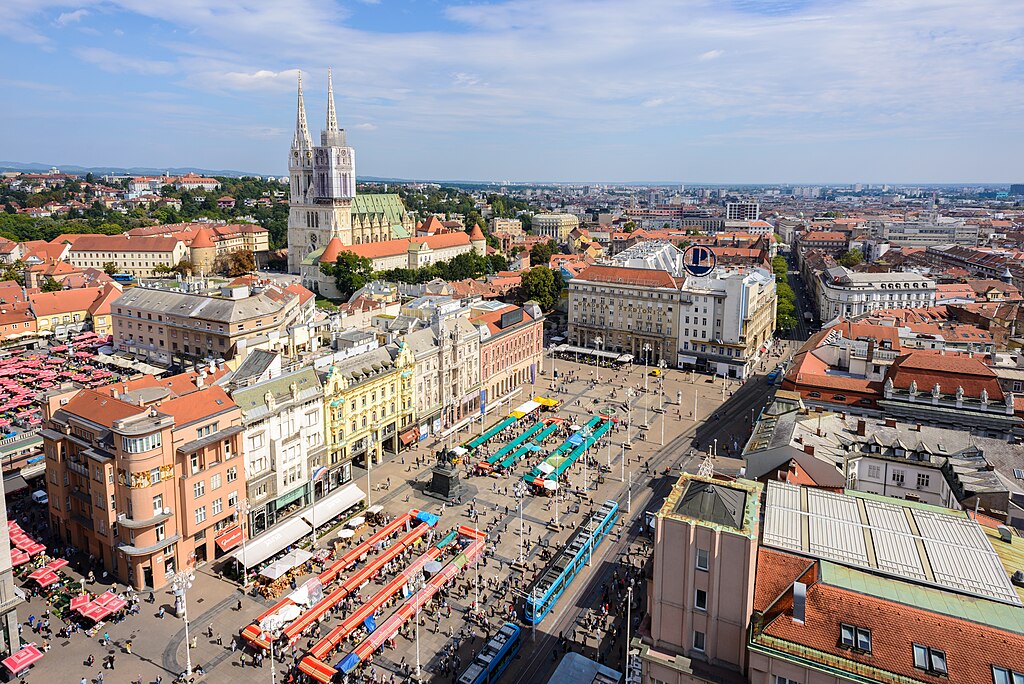
Zagreb, the capital of Croatia, is a city that offers a perfect blend of historical charm and modernity. The city’s Old Town is a maze of narrow streets and medieval architecture, with landmarks such as St. Mark’s Church and the Zagreb Cathedral. The city is also known for its lively cultural scene, with numerous museums, galleries, and theaters. In addition to its cultural richness, Zagreb is surrounded by beautiful parks, making it an excellent destination for nature lovers as well as urban explorers.
Interesting Fact:
Zagreb is famous for its outdoor cafés and vibrant street life, particularly along its central Ban Jelačić Square.
Cyprus – Nicosia
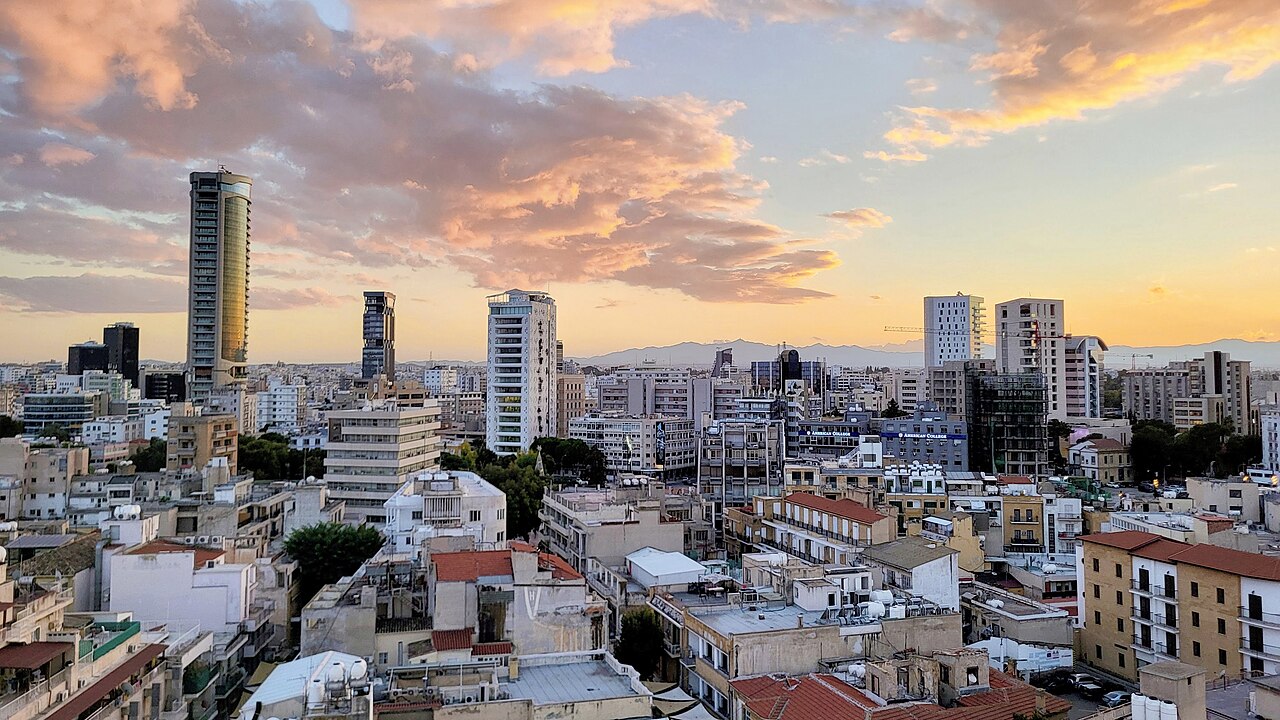
Nicosia, the capital of Cyprus, is the last divided capital in Europe, with a UN buffer zone separating the Greek Cypriot and Turkish Cypriot communities. The city has a rich history that spans thousands of years, with a fascinating mix of Byzantine, Venetian, and Ottoman influences. Nicosia’s Old City is surrounded by Venetian walls, and key landmarks include the Selimiye Mosque and the Cyprus Museum. The city’s vibrant cultural scene, combined with its complex political history, makes Nicosia a unique and intriguing place to visit.
Interesting Fact:
Nicosia is the only divided capital in Europe, reflecting the political and ethnic tensions that have marked Cyprus’s history.
Czech Republic – Prague
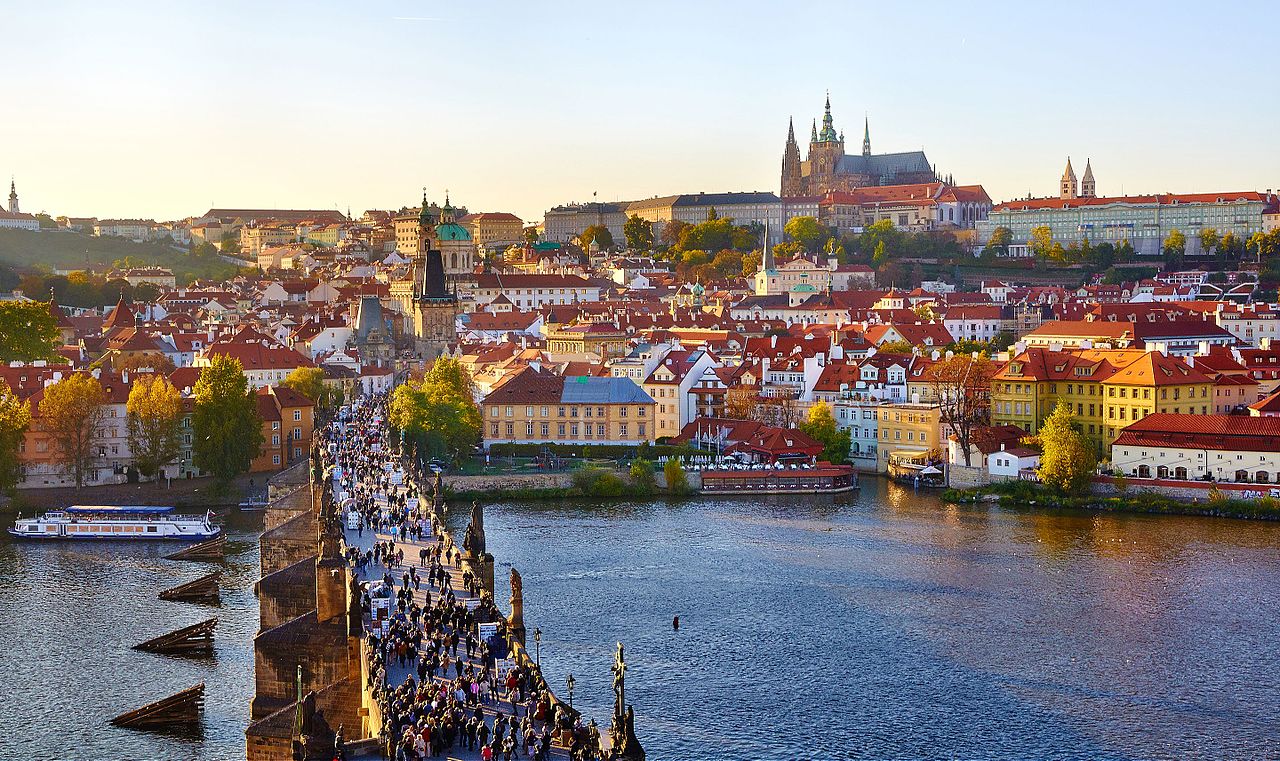
Prague, the capital of the Czech Republic, is often called the “City of a Hundred Spires” due to its stunning skyline, dominated by churches and historic buildings. The city is known for its architectural beauty, with landmarks such as Prague Castle, Charles Bridge, and the Old Town Square. Prague has a rich cultural scene, with world-class theaters, opera houses, and museums. It is also famous for its medieval Old Town, a UNESCO World Heritage site, and its role in European history, including the Velvet Revolution of 1989.
Interesting Fact:
Prague is known for its vibrant beer culture, with the Czech Republic having the highest beer consumption per capita in the world.
Denmark – Copenhagen
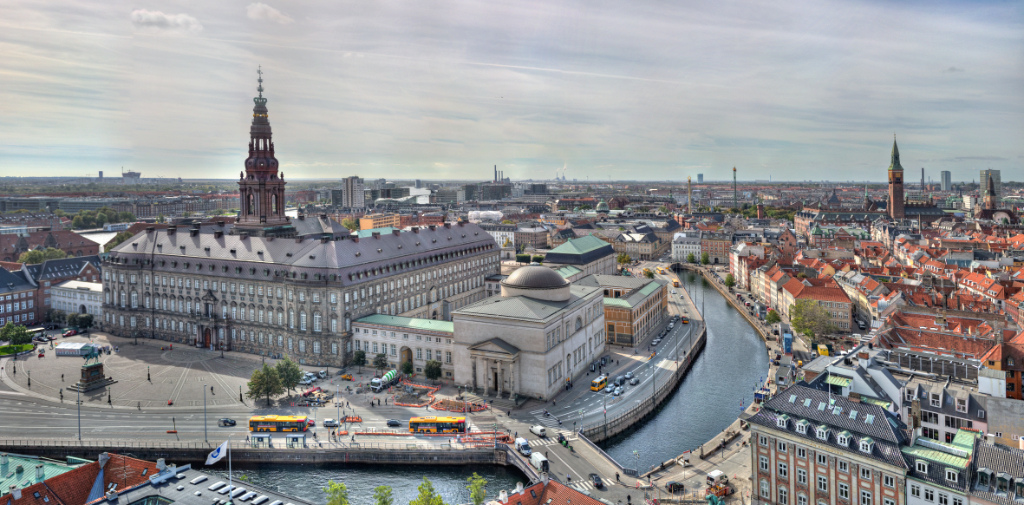
Copenhagen, the capital of Denmark, is a city renowned for its progressive culture, modern design, and sustainable urban planning. The city is home to iconic landmarks such as the Little Mermaid statue, Tivoli Gardens, and the Nyhavn district, known for its colorful houses and bustling waterfront. Copenhagen is also famous for its vibrant culinary scene, particularly its New Nordic cuisine, which emphasizes locally sourced ingredients. Cycling is a popular mode of transportation, and the city is known for being one of the most bike-friendly in the world.
Interesting Fact:
Copenhagen was ranked the most livable city in the world due to its focus on sustainability and high quality of life.
Estonia – Tallinn
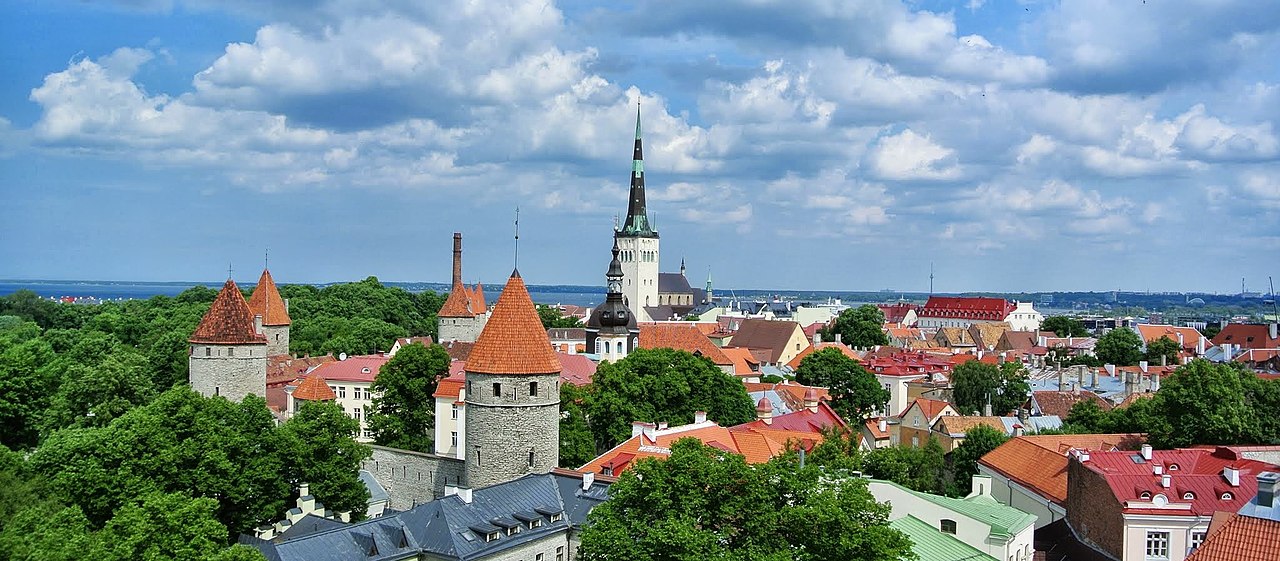
Tallinn, the capital of Estonia, is a city where medieval history meets modern technology. Its Old Town, a UNESCO World Heritage site, is a labyrinth of cobblestone streets, medieval buildings, and centuries-old churches, making it one of the best-preserved medieval cities in Europe. Tallinn is also a hub for digital innovation and e-governance, being one of the most advanced digital societies in the world. The city is famous for its innovative tech scene, which has produced companies like Skype.
Interesting Fact:
Tallinn is known for its pioneering e-residency program, which allows entrepreneurs from around the world to start and manage businesses in Estonia.
Finland – Helsinki

Helsinki, the capital of Finland, is a city that blends traditional Finnish culture with contemporary design. The city is known for its minimalist architecture, with landmarks such as the Helsinki Cathedral and the modernist Kiasma Museum of Contemporary Art. Helsinki’s waterfront is dotted with islands and parks, making it a city that connects with nature. Finland’s reputation for being one of the happiest countries in the world is reflected in Helsinki’s high quality of life, public services, and sustainability efforts.
Interesting Fact:
Helsinki is known for its design scene, and the city was named the World Design Capital in 2012.
France – Paris
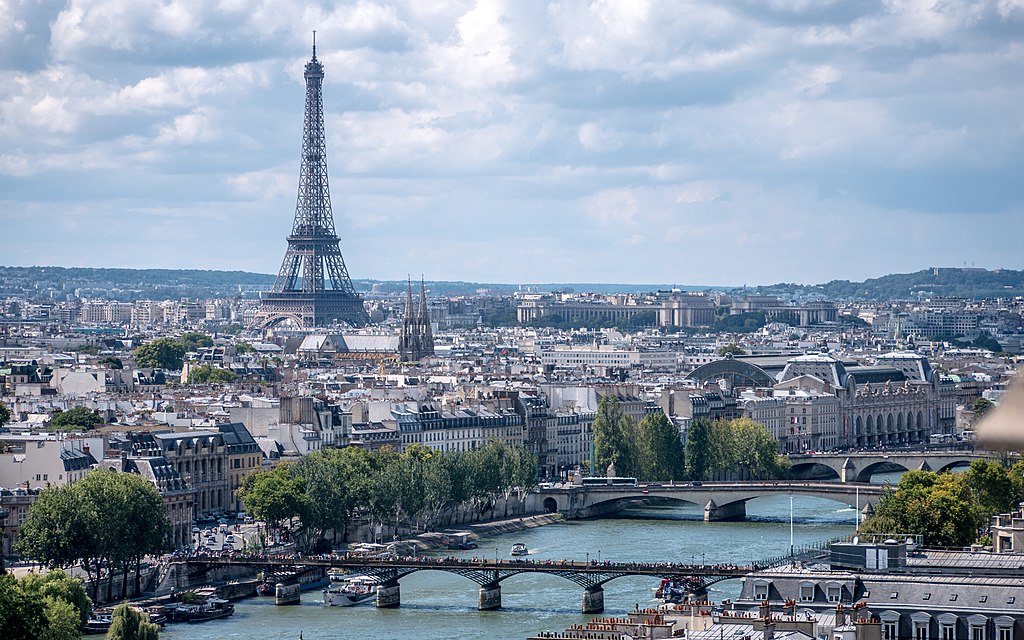
Paris, the capital of France, is often considered one of the most romantic and culturally rich cities in the world. Famous for its art, fashion, and cuisine, Paris is home to iconic landmarks such as the Eiffel Tower, the Louvre Museum, and the Notre-Dame Cathedral. The city is also known for its vibrant neighborhoods, like Montmartre, and its historic cafés. Paris has long been a center for intellectuals, artists, and revolutionaries, shaping both European and global history.
Interesting Fact:
Paris is known as the “City of Light” due to its early adoption of street lighting in the 19th century.
Germany – Berlin
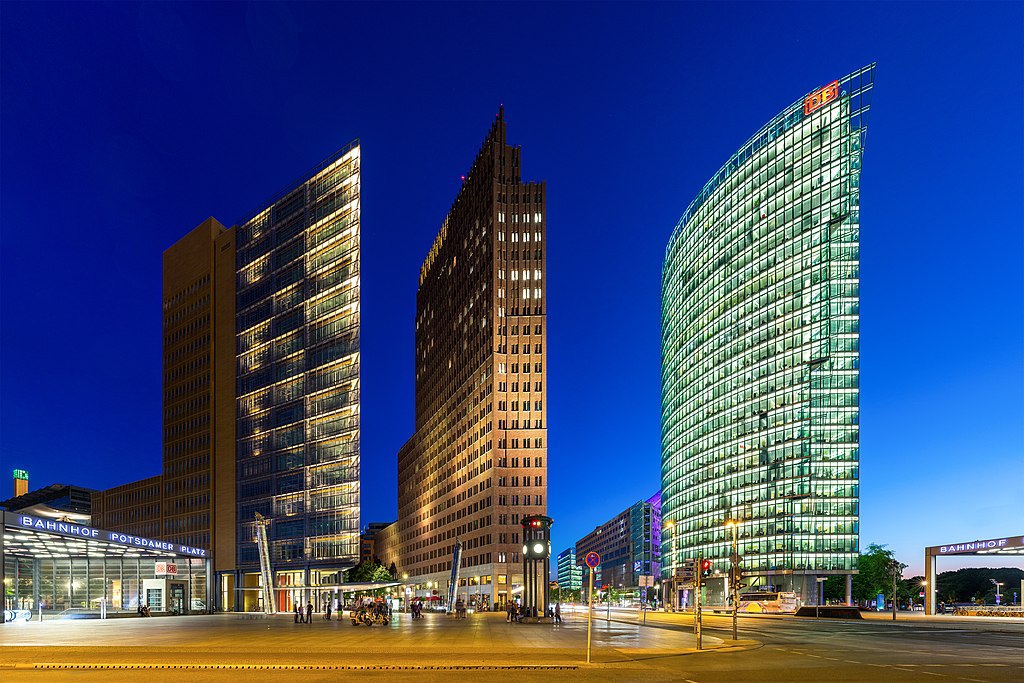
Berlin, the capital of Germany, is a city known for its dynamic mix of history, culture, and creativity. The city was the epicenter of major historical events, from being the heart of the Prussian empire to being divided during the Cold War. Today, Berlin is a global city of culture, with a thriving arts scene, cutting-edge fashion, and a bustling nightlife. Visitors can explore the remnants of the Berlin Wall, the Brandenburg Gate, and the Reichstag Parliament building, all while experiencing the city’s innovative spirit.
Interesting Fact:
Berlin has more bridges than Venice, making it a unique city with a wealth of scenic waterways.
Greece – Athens

Athens, the capital of Greece, is often called the cradle of Western civilization, thanks to its rich history and monumental contributions to philosophy, politics, and the arts. The city is home to the Acropolis, the Parthenon, and the Temple of Olympian Zeus, all reminders of ancient Greek civilization. Modern Athens is a vibrant city with a lively café culture, bustling markets, and a growing arts scene. Athens seamlessly blends its ancient past with a modern, cosmopolitan present.
Interesting Fact:
Athens is one of the oldest cities in the world, with a history that spans over 3,400 years.
Hungary – Budapest
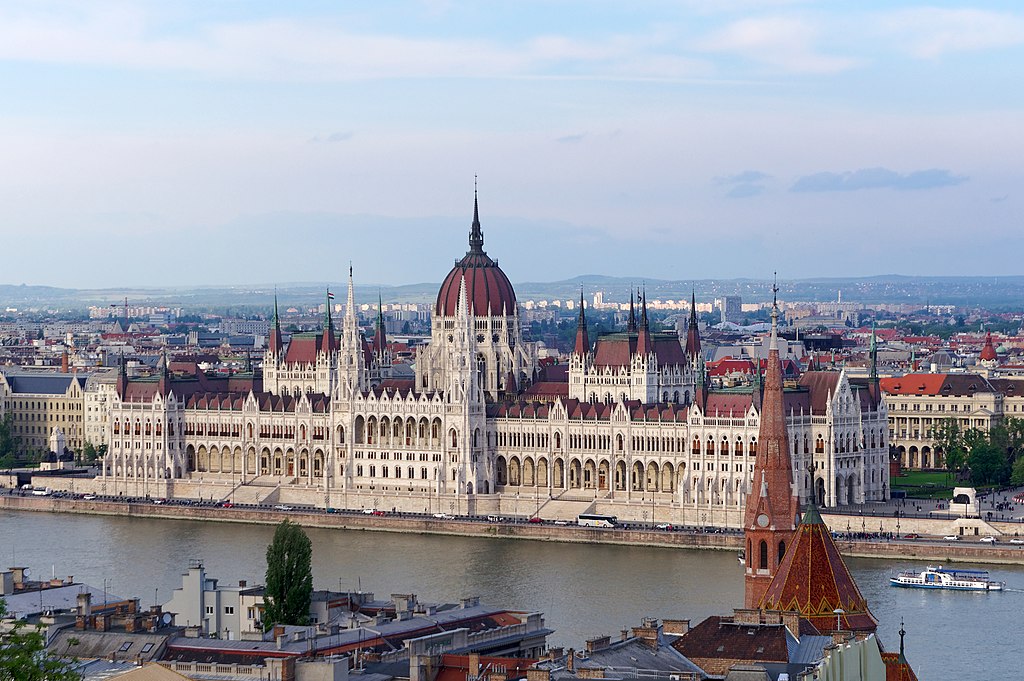
Budapest, the capital of Hungary, is a stunning city split by the Danube River into two parts: Buda and Pest. The Buda side is known for its historic castles, including the Buda Castle, while Pest is home to the vibrant shopping districts, theaters, and the iconic Parliament building. Budapest is also famous for its thermal baths, which date back to Roman times. The city is known for its cultural richness, from its opera houses and concert halls to its renowned coffeehouses and ruin pubs.
Interesting Fact:
Budapest is home to the largest synagogue in Europe, the Dohány Street Synagogue.
Iceland – Reykjavik
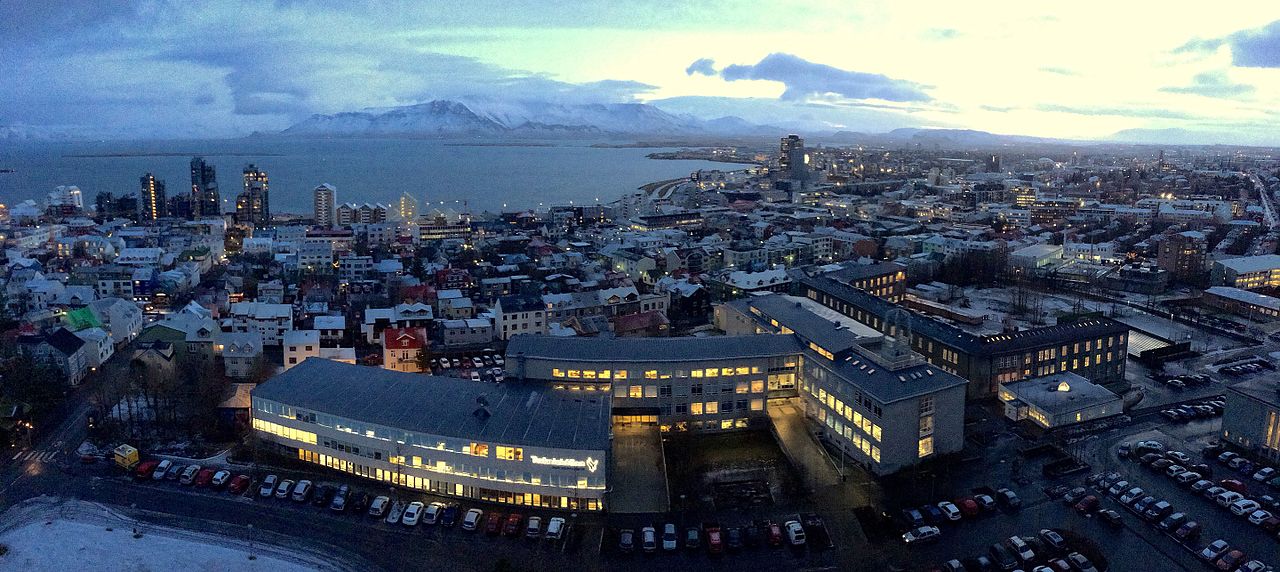
Reykjavik, the capital of Iceland, is a city surrounded by natural beauty, with mountains, glaciers, and the ocean just a short distance away. Despite being one of the smallest capital cities in Europe, Reykjavik is known for its vibrant cultural scene, including music festivals, art galleries, and theaters. The city is also famous for its geothermal energy, which powers much of its heating and hot water. Visitors can enjoy the city’s unique architecture, including the striking Hallgrímskirkja Church, and explore the surrounding landscapes, including the famous Blue Lagoon.
Interesting Fact:
Reykjavik is the northernmost capital city of any sovereign state in the world.
Ireland – Dublin
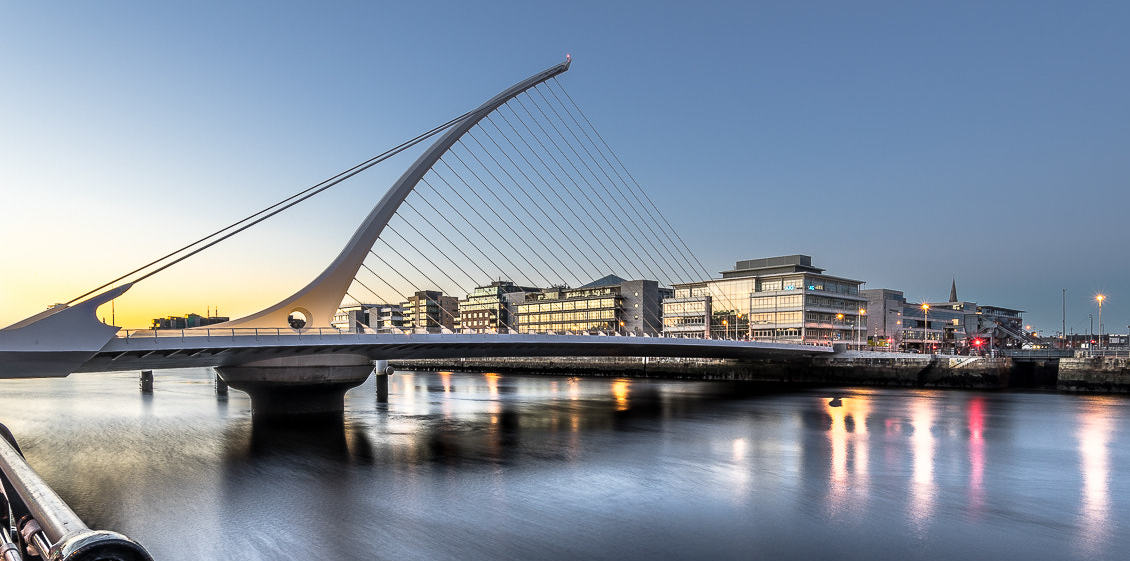
Dublin, the capital of Ireland, is a city known for its rich literary history, vibrant pub culture, and friendly atmosphere. The city has been home to famous writers such as James Joyce, Samuel Beckett, and W.B. Yeats, and its literary legacy is celebrated in the Dublin Writers Museum and the annual Dublin Literary Festival. Dublin is also famous for its lively music scene, particularly traditional Irish folk music. Visitors can explore landmarks such as Trinity College, St. Patrick’s Cathedral, and the Guinness Storehouse, as well as enjoy the warm hospitality in its many pubs.
Interesting Fact:
Dublin is a UNESCO City of Literature, recognizing its important contribution to world literature.
Italy – Rome
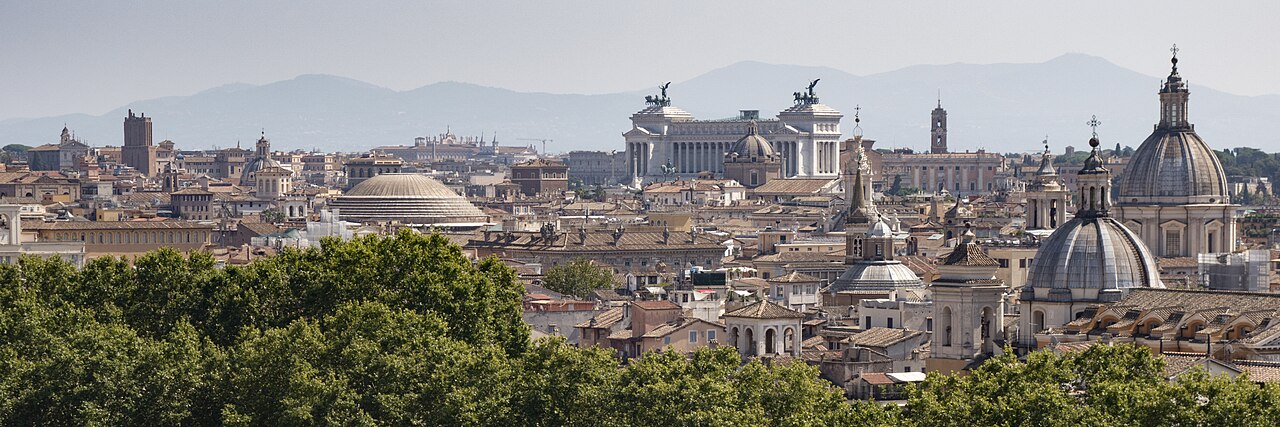
Rome, the capital of Italy, is a city steeped in history, often referred to as the “Eternal City” due to its long and influential history spanning thousands of years. Known for its ancient ruins, such as the Colosseum, the Roman Forum, and the Pantheon, Rome is the birthplace of Western civilization and a hub of art, culture, and religion. The city is also home to Vatican City, the smallest independent state in the world, where the Pope resides. Rome’s architecture is a blend of classical and Baroque styles, and its cobblestone streets and piazzas offer a glimpse into the past while being alive with modern energy.
Interesting Fact:
Rome has more fountains than any other city in the world, with over 280 fountains across the city.
Kosovo – Pristina
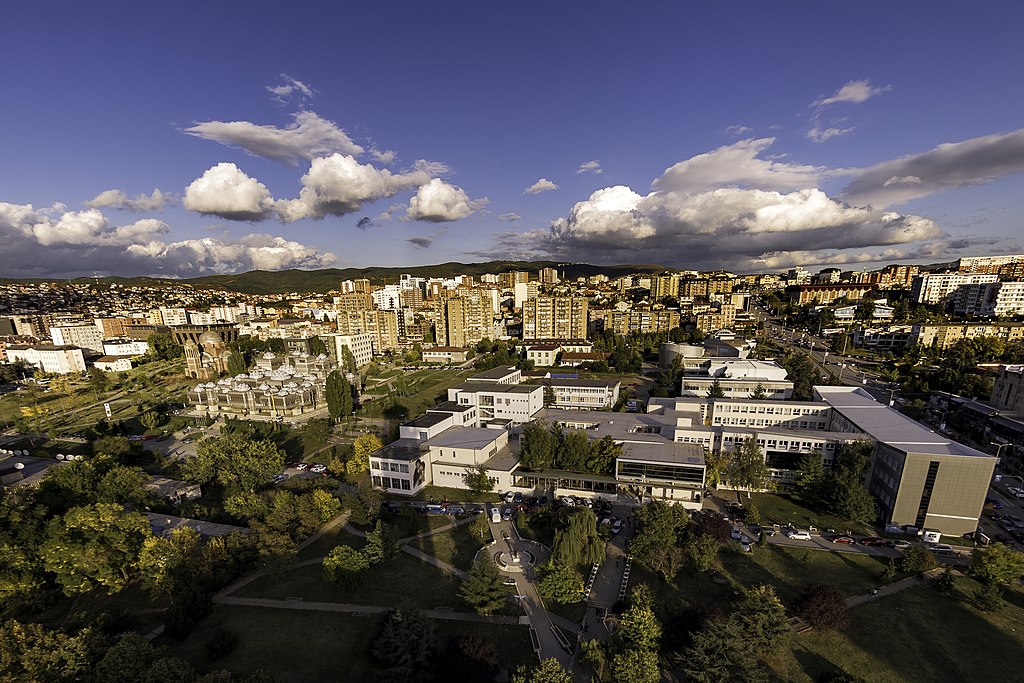
Pristina, the capital of Kosovo, is a city that reflects the young, emerging nation’s vibrant culture and history. Although Kosovo declared its independence from Serbia in 2008, Pristina has a long history dating back to Roman times. The city is known for its mix of Ottoman, Serbian, and modern architecture. Pristina has several cultural landmarks, including the National Library of Kosovo, a unique building known for its unconventional design, and the Germia Park, which offers a peaceful retreat in the surrounding nature. The city has also become a symbol of the country’s growing independence and cultural identity.
Interesting Fact:
Pristina is home to the University of Pristina, the largest university in Kosovo, with a significant number of international students.
Latvia – Riga
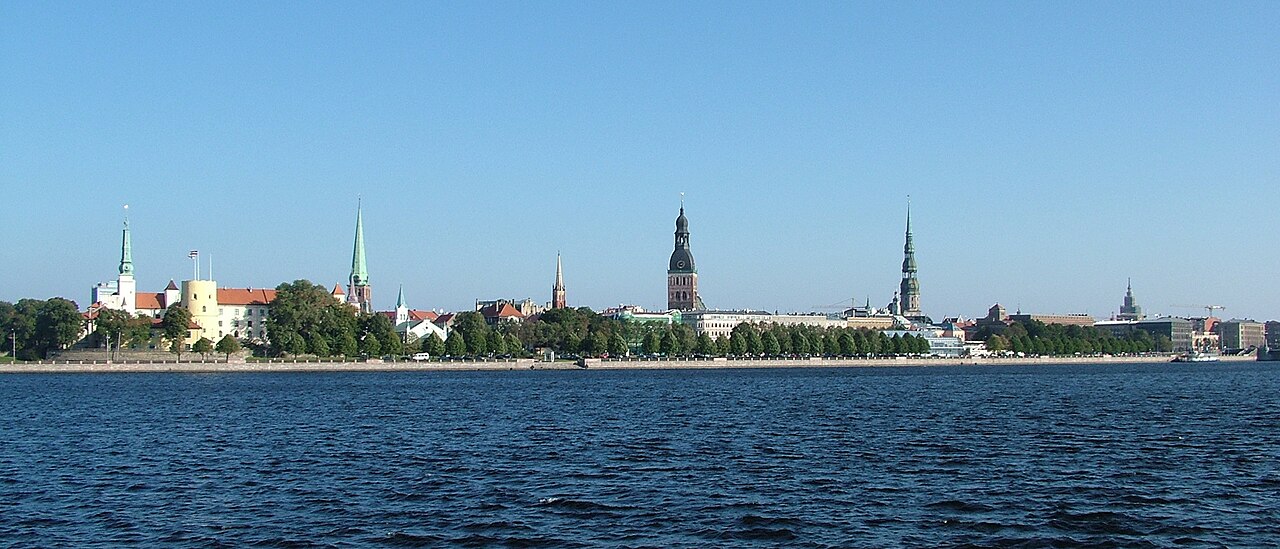
Riga, the capital of Latvia, is a city with a rich history that dates back over 800 years. Located on the Baltic Sea, Riga is known for its stunning Art Nouveau architecture, with some of the best-preserved examples of this style in Europe. The city’s Old Town is a UNESCO World Heritage site, home to historic buildings, churches, and cobblestone streets. Riga is also a hub of culture and arts, with numerous theaters, museums, and music festivals taking place throughout the year. The city’s vibrant café culture and the charm of its parks and riverside areas add to its unique appeal.
Interesting Fact:
Riga is known for having the largest collection of Art Nouveau buildings in Europe, with over 800 examples found throughout the city.
Liechtenstein – Vaduz
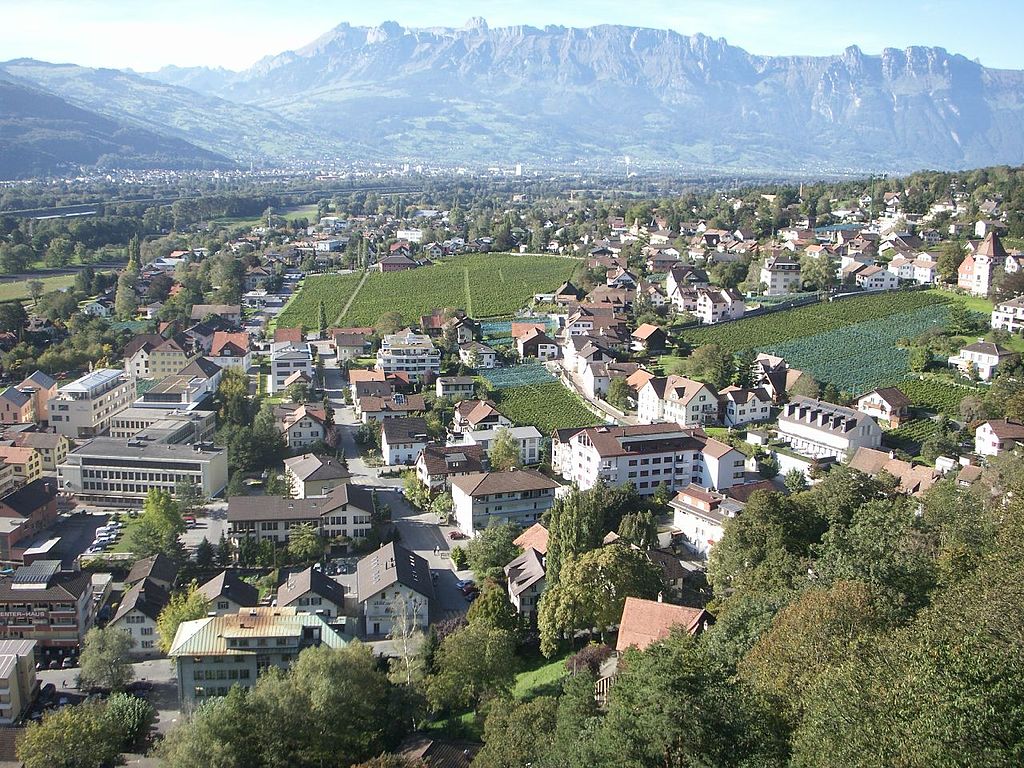
Vaduz, the capital of Liechtenstein, is a small yet picturesque city nestled in the Alps between Switzerland and Austria. Known for its stunning medieval castle, the Vaduz Castle, which houses the princely family of Liechtenstein, the city offers a charming blend of old-world architecture and modern art galleries. Vaduz is also the center of the country’s government, housing the Parliament and the Prince’s administrative offices. Despite its small size, the city is a hub for finance, with several international banks headquartered here. Visitors can enjoy the scenic views of the surrounding mountains, along with exploring its museums and cultural sites.
Interesting Fact:
Vaduz is one of the smallest capitals in the world, with a population of just over 5,000 people.
Lithuania – Vilnius
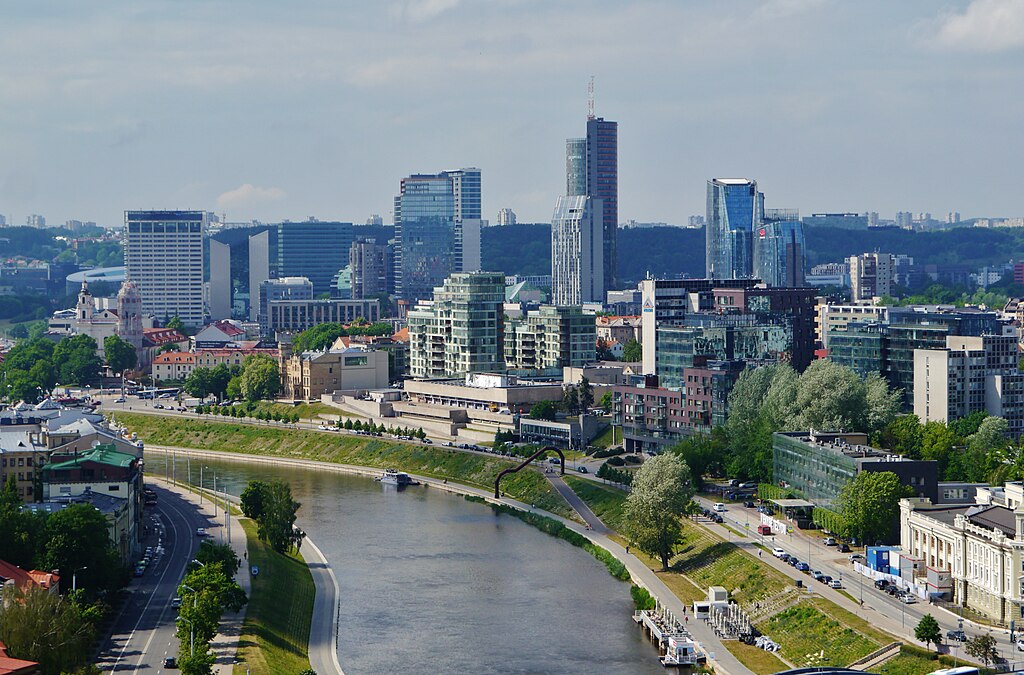
Vilnius, the capital of Lithuania, is a city known for its vibrant arts scene, historical significance, and beautiful baroque architecture. The city’s Old Town, a UNESCO World Heritage site, is filled with cobbled streets, grand churches, and lively squares. Vilnius is often seen as a cultural capital of the Baltic region, with its many theaters, galleries, and festivals. The city is also famous for its historical landmarks, such as the Vilnius Cathedral and the Gediminas Tower, which offer views of the surrounding city and countryside.
Interesting Fact:
Vilnius has the only surviving medieval street plan in Europe, with narrow streets and picturesque courtyards making up its historical center.
Luxembourg – Luxembourg City

Luxembourg City, the capital of Luxembourg, is a small but significant city that serves as a political and financial hub in Europe. It is known for its picturesque old town, which is a UNESCO World Heritage site, with stunning views of the Alzette and Pétrusse rivers. Luxembourg City is also home to several European Union institutions, making it an important center for diplomacy and international affairs. The city’s historical fortifications, including the Bock Casemates and the Grand Ducal Palace, provide a glimpse into the country’s military and royal history.
Interesting Fact:
Luxembourg City is one of the richest cities in the world and has the highest GDP per capita in the European Union.
Malta – Valletta
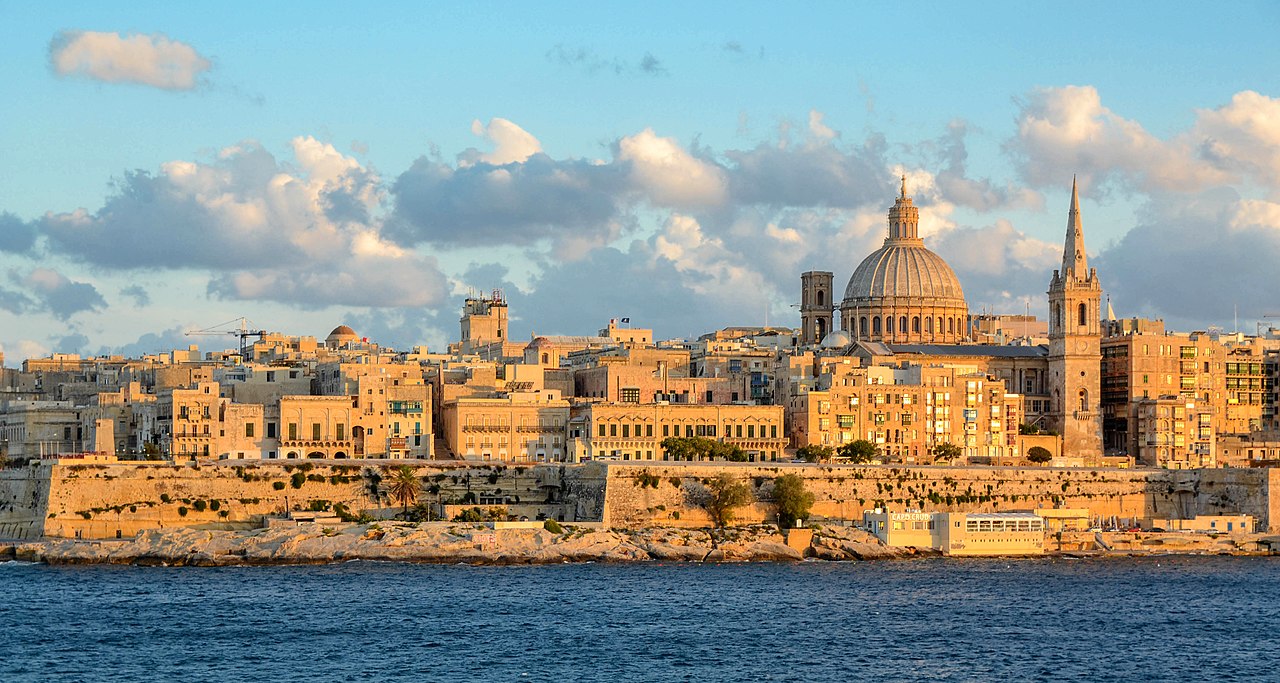
Valletta, the capital of Malta, is a historic city located on a peninsula overlooking the Mediterranean Sea. Known for its Baroque architecture, cobbled streets, and majestic fortifications, Valletta is a UNESCO World Heritage site rich in cultural and historical significance. The city is home to the Grandmaster’s Palace, St. John’s Co-Cathedral with its stunning Caravaggio paintings, and the National Museum of Archaeology. Valletta also serves as the cultural hub of Malta, hosting numerous festivals, operas, and concerts throughout the year. Its vibrant nightlife and excellent cuisine make it a popular destination for both history lovers and modern travelers.
Interesting Fact:
Valletta is one of the smallest capital cities in Europe, with a population of just under 7,000, yet it has more than 320 monuments within its limits.
Moldova – Chișinău

Chișinău, the capital of Moldova, is a city that reflects the country’s unique blend of Eastern European, Russian, and Balkan influences. The city is known for its tree-lined streets, parks, and Soviet-era architecture. Chișinău is also the country’s cultural and economic center, with numerous theaters, museums, and cultural institutions. The city has a rich history, with roots dating back to the 15th century, and it serves as a gateway to exploring Moldova’s diverse landscapes, including its famous wine regions and natural parks.
Interesting Fact:
Chișinău is famous for its wine culture, with a wine-making tradition that dates back over 5,000 years. The region is home to some of the oldest wine cellars in the world.
Monaco – Monaco
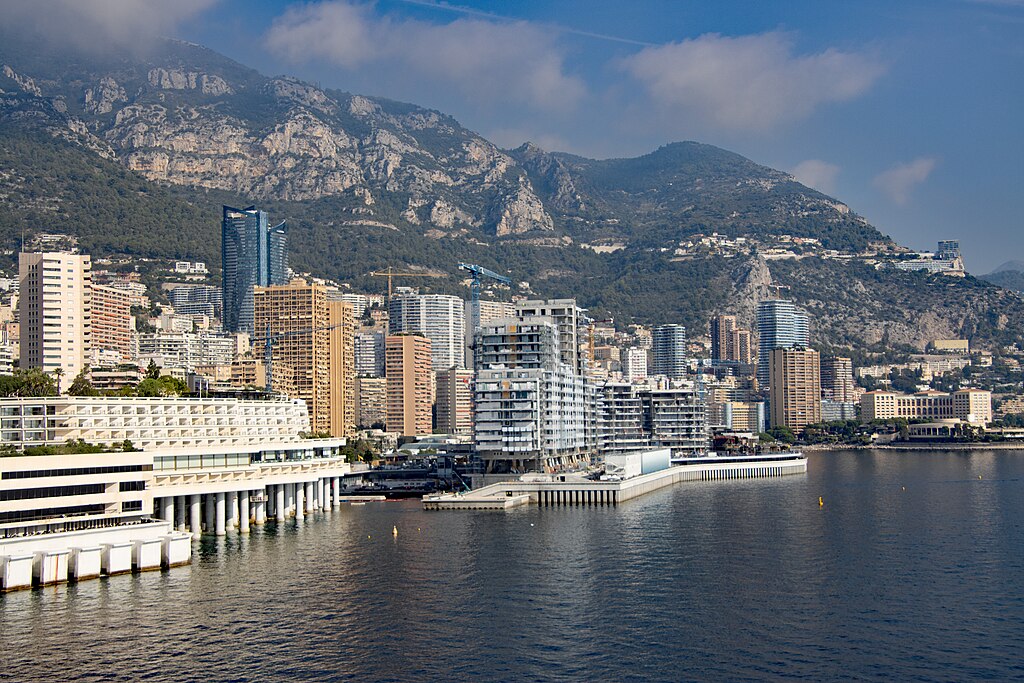
Monaco, a small city-state on the French Riviera, is a symbol of luxury, glamour, and wealth. Known for its lavish casinos, luxury yachts, and the annual Formula 1 Grand Prix, Monaco is a playground for the rich and famous. Despite its small size, Monaco boasts beautiful Mediterranean views, a bustling harbor, and an incredible climate. The city is also famous for its royal family, with the Prince’s Palace perched above the city offering stunning views of the surrounding coastline. Monaco’s cultural offerings, including art galleries, museums, and a renowned opera house, add to its appeal as a global tourist destination.
Interesting Fact:
Monaco is the second smallest country in the world, only after Vatican City, and has the highest GDP per capita.
Montenegro – Podgorica

Podgorica, the capital of Montenegro, is a modern city that has evolved from its ancient origins as the Roman city of Doclea. Located at the confluence of the Ribnica and Morača rivers, Podgorica is known for its mix of Ottoman, Venetian, and Yugoslav-era architecture. The city is a cultural center, with a number of museums, galleries, and theaters that highlight the country’s rich history and arts scene. Podgorica is also close to Montenegro’s stunning natural landscapes, including the Bay of Kotor, the Lovćen National Park, and the beautiful Adriatic coastline.
Interesting Fact:
Podgorica is famous for its proximity to the Skadar Lake, the largest lake in the Balkans and a UNESCO Ramsar Wetland of International Importance.
Netherlands – Amsterdam
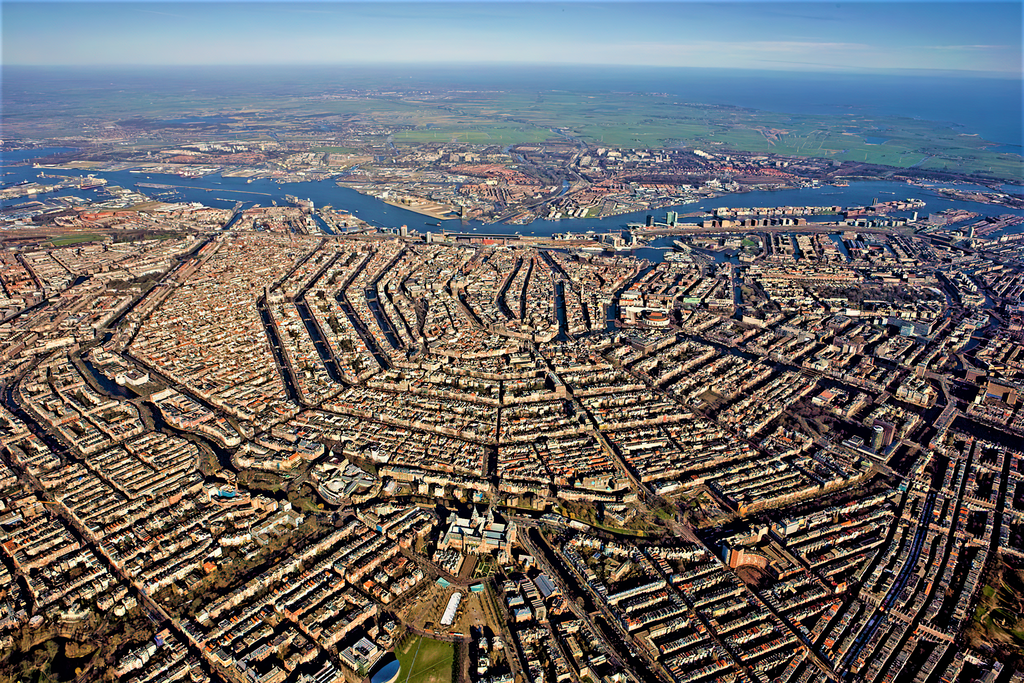
Amsterdam, the capital of the Netherlands, is a city known for its charming canals, artistic heritage, and progressive culture. The city’s historic center is a UNESCO World Heritage site, with picturesque canals lined with narrow houses and iconic bridges. Amsterdam is home to world-class museums, including the Rijksmuseum, the Van Gogh Museum, and the Anne Frank House. The city’s liberal culture, bicycle-friendly streets, and vibrant neighborhoods make it one of the most visited cities in Europe.
Interesting Fact:
Amsterdam is home to over 100 kilometers of canals and around 1,500 bridges, making it one of the most picturesque cities in the world.
North Macedonia – Skopje
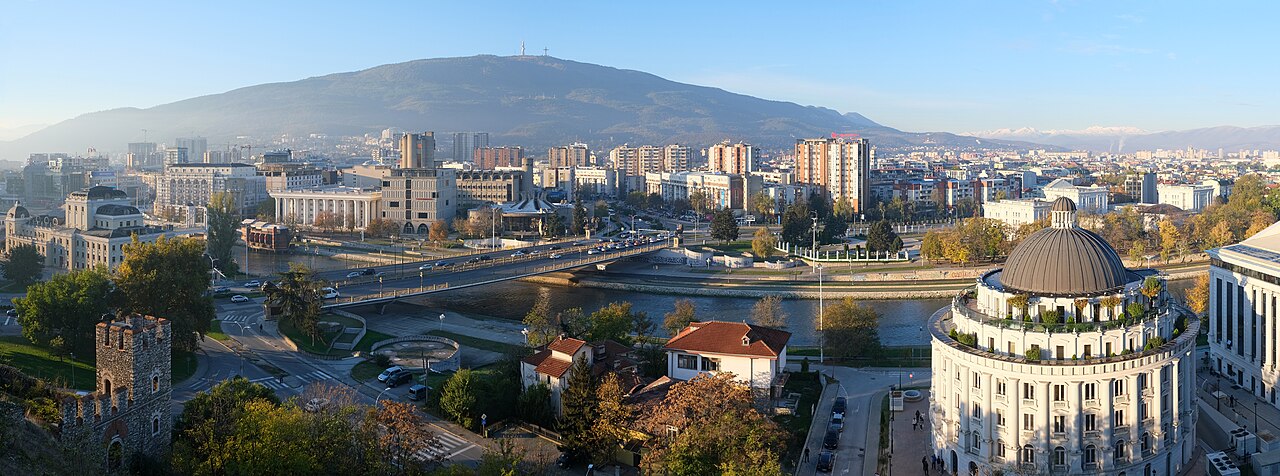
Skopje, the capital of North Macedonia, is a city of contrasts, where Ottoman and Byzantine influences meet modern architecture. Skopje’s Old Bazaar, a remnant of the Ottoman period, is one of the largest and best-preserved in the Balkans. The city also features numerous monuments and statues, including the massive Alexander the Great statue in the main square, symbolizing the country’s rich history. Skopje is known for its vibrant cultural scene, with numerous theaters, galleries, and festivals throughout the year.
Interesting Fact:
Skopje has been a crossroads of civilizations for centuries, with remnants of Roman, Byzantine, and Ottoman architecture visible throughout the city.
Norway – Oslo
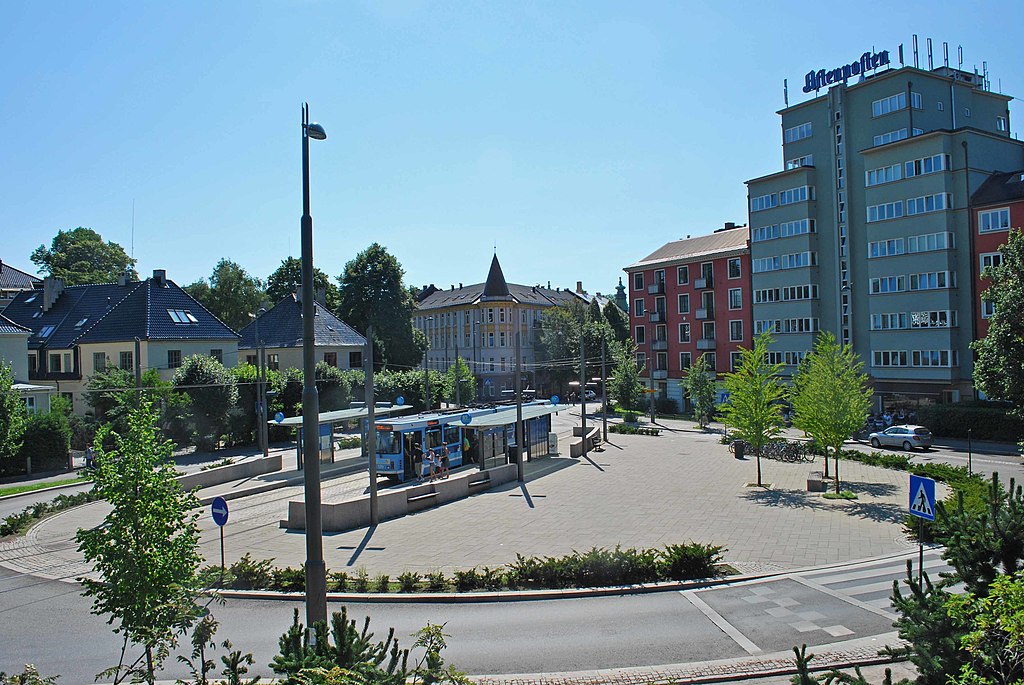
Oslo, the capital of Norway, is a vibrant and modern city nestled between beautiful fjords and forests. It serves as the political, economic, and cultural heart of Norway. Oslo is renowned for its blend of contemporary architecture and natural beauty, with landmarks such as the Oslo Opera House, the Viking Ship Museum, and the Munch Museum. The city is also home to several parks and green spaces, including Frogner Park, which features sculptures by Gustav Vigeland. Oslo’s commitment to sustainability and green living is evident in its extensive use of bicycles, electric vehicles, and eco-friendly buildings.
Interesting Fact:
Oslo is one of the greenest capitals in Europe, with over 50 percent of its land designated as forested areas or parks.
Poland – Warsaw
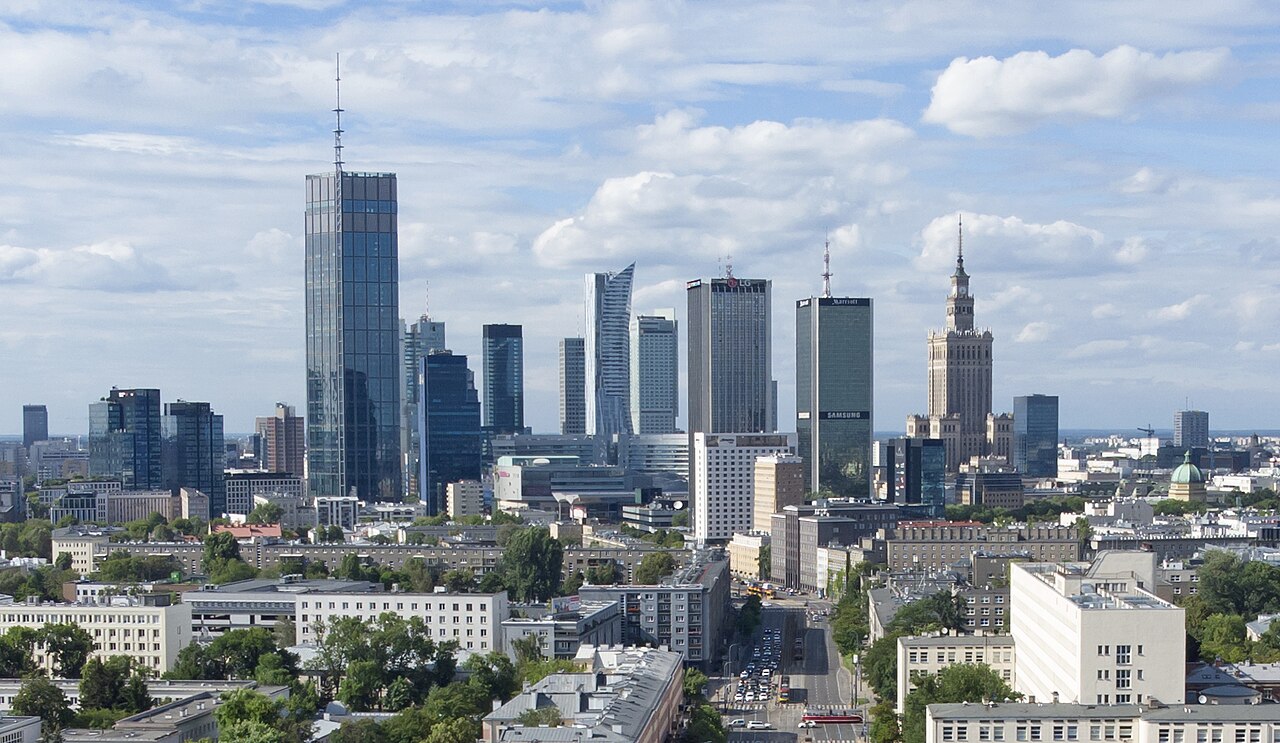
Warsaw, the capital of Poland, is a city of resilience and cultural richness. Completely rebuilt after World War II, the city combines modern and historical architecture, with the Royal Castle, Wilanów Palace, and the Old Town (a UNESCO World Heritage site) standing alongside sleek skyscrapers. Warsaw is a center of politics, business, and culture in Poland, home to numerous theaters, galleries, and museums, including the Warsaw Uprising Museum, which commemorates the city’s heroic resistance during the war. The city is also known for its vibrant nightlife and café culture.
Interesting Fact:
Warsaw has been completely rebuilt since World War II, and the Old Town is a meticulous reconstruction of its pre-war appearance.
Portugal – Lisbon
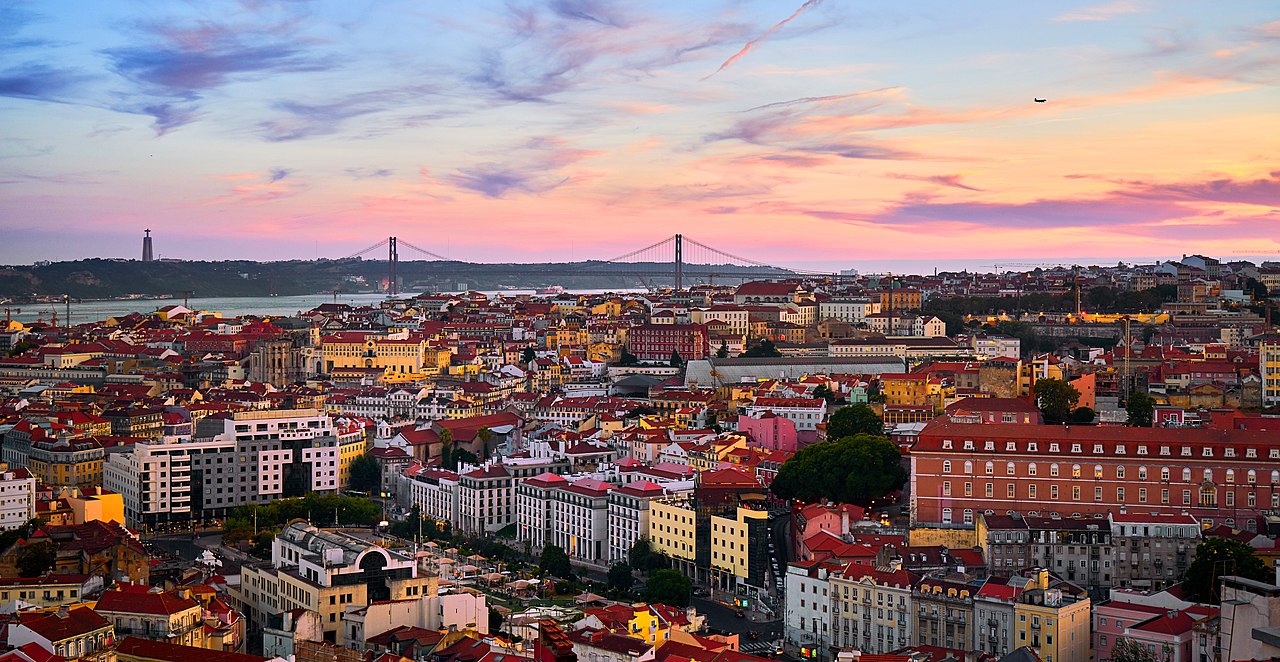
Lisbon, the capital of Portugal, is a captivating city set on the banks of the Tagus River. Known for its picturesque neighborhoods, vibrant nightlife, and historic landmarks, Lisbon offers a mix of tradition and modernity. The city’s charming streets are lined with colorful buildings and cobbled alleys, leading visitors to iconic spots such as the Belém Tower, the Jerónimos Monastery, and the Alfama district. Lisbon is also famous for its scenic viewpoints, such as Miradouro da Senhora do Monte, where visitors can enjoy breathtaking views of the city and the river.
Interesting Fact:
Lisbon’s iconic yellow trams are a beloved symbol of the city, offering a unique way to explore its steep hills and historic areas.
Romania – Bucharest
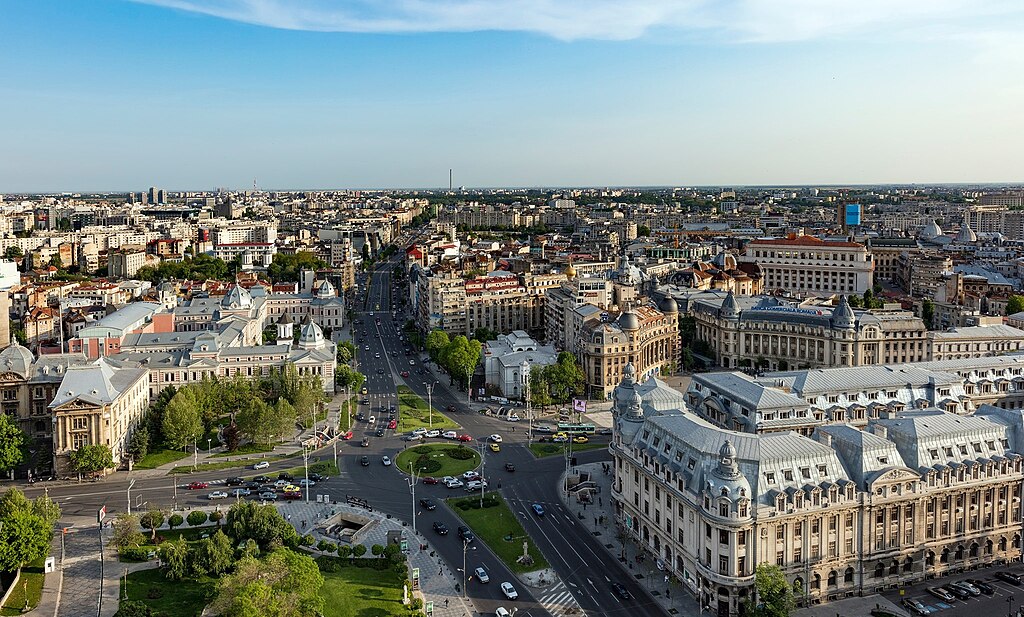
Bucharest, the capital of Romania, is a dynamic city with a rich history and a lively cultural scene. Often referred to as the “Paris of the East” due to its grand architecture and wide boulevards, Bucharest is home to impressive landmarks such as the Palace of the Parliament, one of the largest buildings in the world, and the Romanian Athenaeum, a beautiful concert hall. The city is also known for its parks, such as Herastrau Park, and a bustling nightlife scene. Bucharest blends the old and new, with historic churches and museums coexisting alongside modern shops and cafes.
Interesting Fact:
Bucharest is home to the Palace of the Parliament, which is the second-largest administrative building in the world, after the Pentagon in the United States.
Russia – Moscow
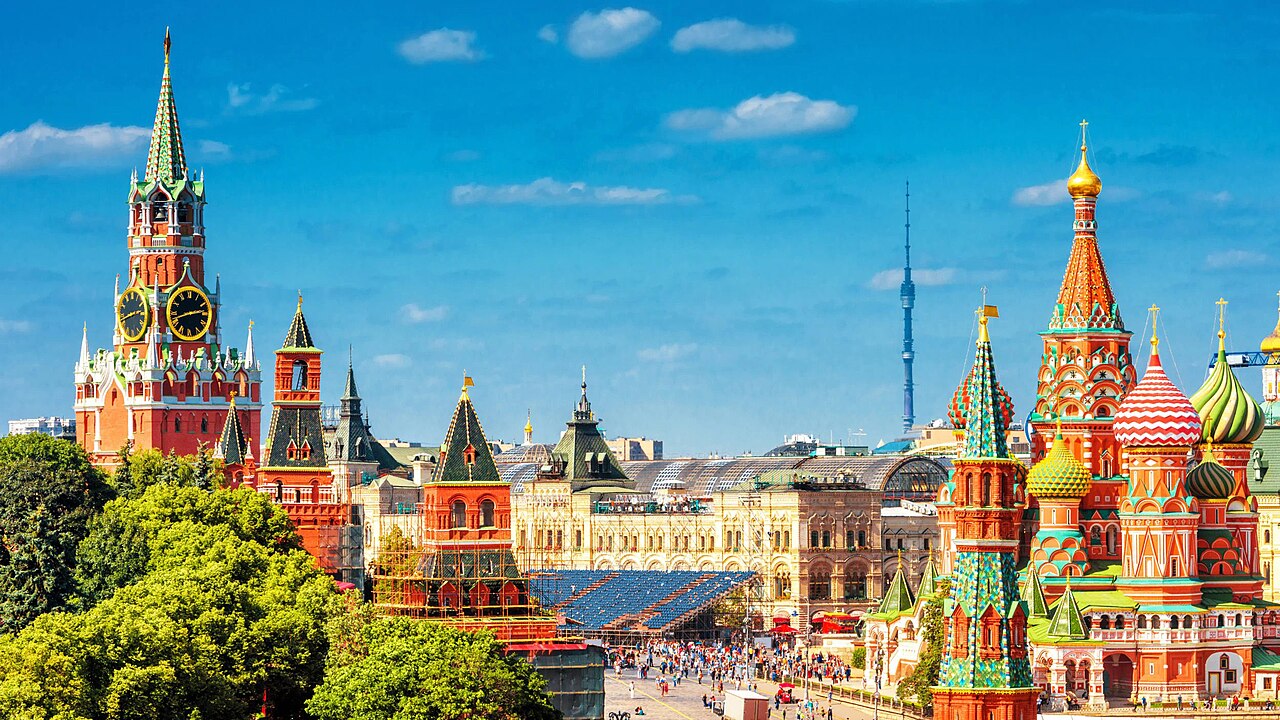
Moscow, the capital of Russia, is a vast and vibrant metropolis that combines centuries of history with modern-day energy. The city is known for its iconic landmarks, such as the Kremlin, Red Square, St. Basil’s Cathedral, and the Bolshoi Theatre. Moscow serves as the political, economic, and cultural center of Russia, with a bustling economy, world-class museums, and a rich arts scene. The city’s diverse architecture, ranging from medieval churches to Soviet-era structures and modern skyscrapers, makes it one of the most visually captivating cities in the world.
Interesting Fact:
Moscow is home to the largest metro system in Europe, with over 12 lines and more than 200 stations.
San Marino – City of San Marino
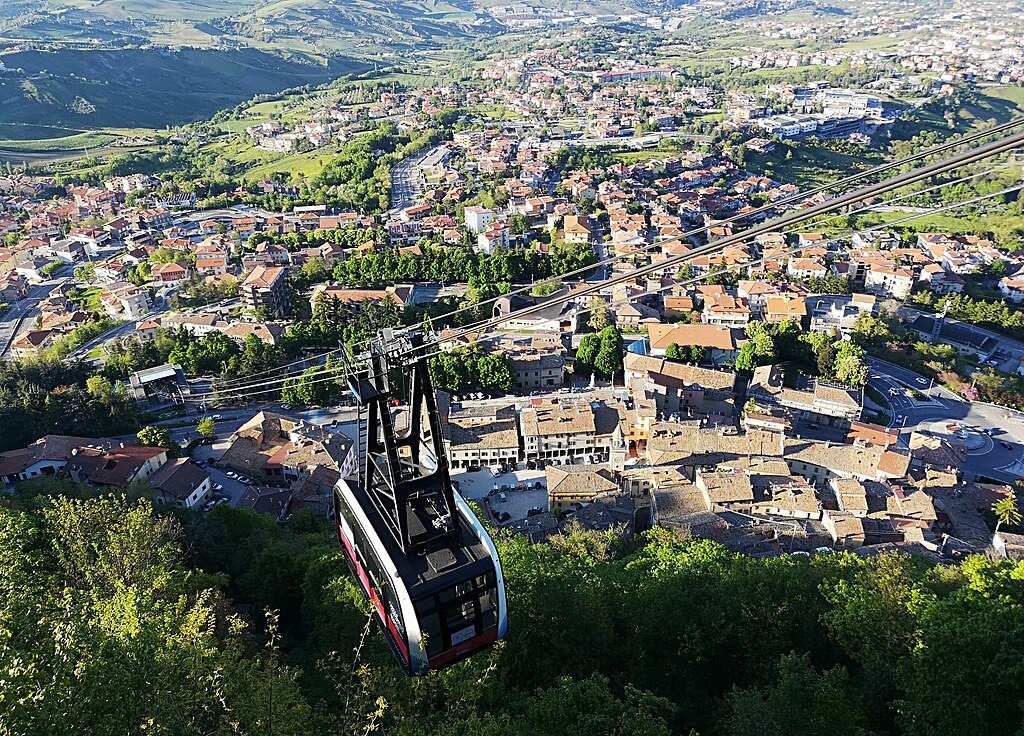
The City of San Marino is the capital of the Republic of San Marino, one of the world’s smallest countries. Located on Mount Titano, this city-state offers stunning views of the surrounding countryside. The City of San Marino is known for its medieval architecture, including the three towers of San Marino that are perched on the mountain’s ridges. The city also has historic buildings such as the Palazzo Pubblico, the seat of government, and the Basilica di San Marino, dedicated to the country’s patron saint. The city is a popular tourist destination, attracting visitors with its charming streets, historic landmarks, and tax-free shopping.
Interesting Fact:
The City of San Marino is one of the world’s oldest republics, with its independence dating back to the year 301 AD.
Serbia – Belgrade
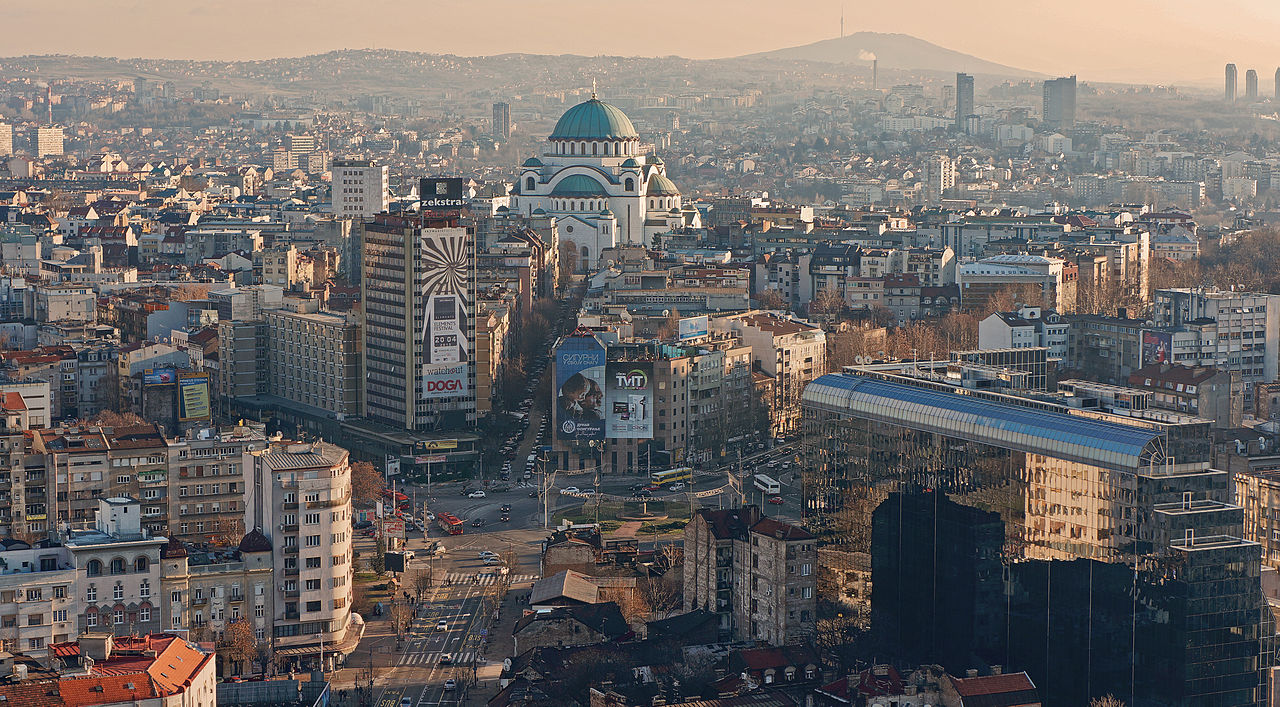
Belgrade, the capital of Serbia, is a city known for its rich history, lively cultural scene, and energetic nightlife. Situated at the confluence of the Danube and Sava rivers, Belgrade has been a crossroads of Eastern and Western cultures for centuries. The city is home to historic landmarks such as the Kalemegdan Fortress, the Church of Saint Sava, and the National Museum of Serbia. Belgrade’s nightlife is legendary, with countless bars, clubs, and riverboats that come alive after dark. The city also boasts numerous parks, outdoor markets, and vibrant squares that contribute to its dynamic atmosphere.
Interesting Fact:
Belgrade is famous for its vibrant nightlife and is often considered one of Europe’s best cities for partying.
Slovakia – Bratislava
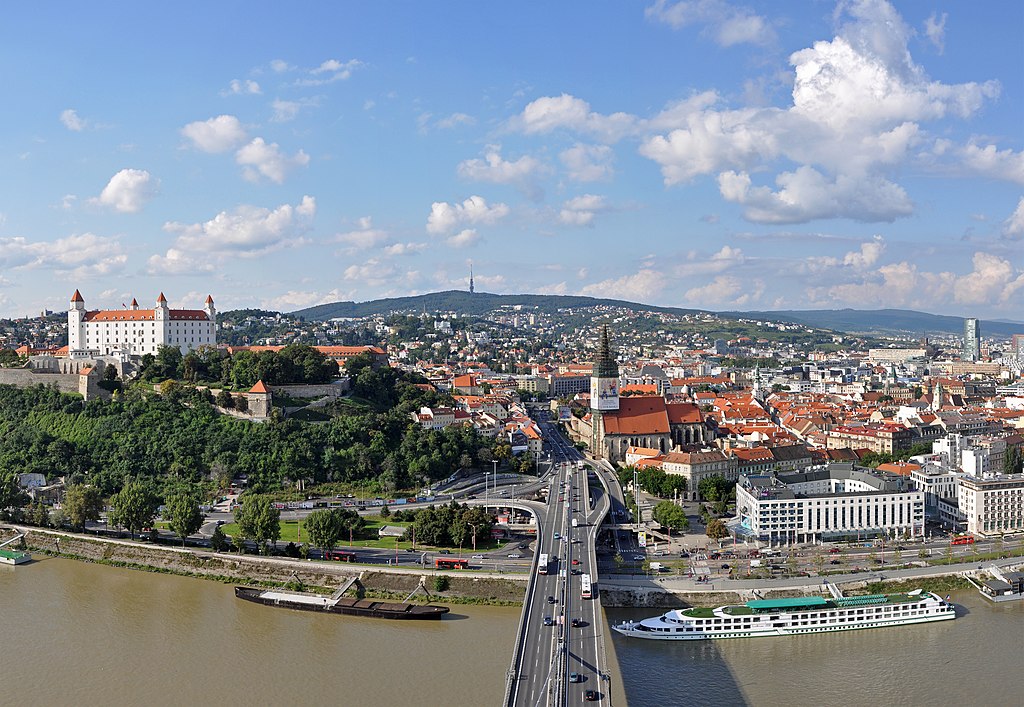
Bratislava, the capital of Slovakia, is a charming city on the banks of the Danube River, with a rich history that blends medieval, Gothic, and modern influences. The city’s Old Town is a maze of narrow streets and historic buildings, including the Bratislava Castle, which offers panoramic views of the city and the river. Bratislava is a cultural hub, home to theaters, galleries, and music festivals, as well as a lively café scene. The city’s location, near the borders of Austria and Hungary, makes it a melting pot of Central European cultures.
Interesting Fact:
Bratislava is the only capital city in the world that borders two countries, Austria and Hungary.
Slovenia – Ljubljana
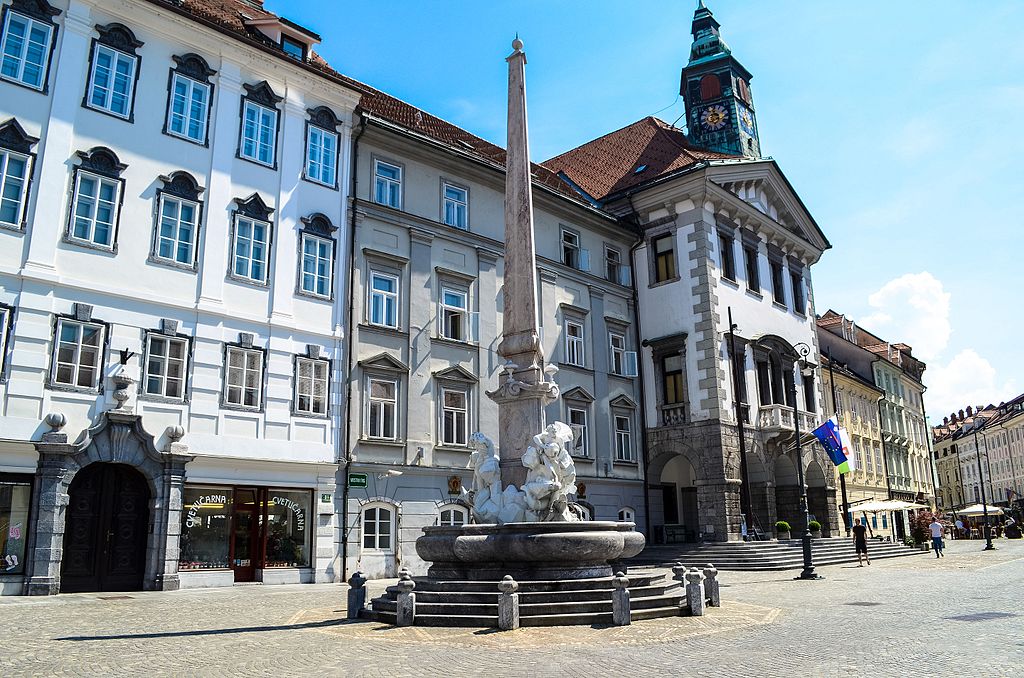
Ljubljana, the capital of Slovenia, is a picturesque city known for its charming old town, green spaces, and beautiful architecture. The city is set along the Ljubljanica River, with picturesque bridges and riverside cafés. Ljubljana Castle, which overlooks the city, offers breathtaking views and a glimpse into Slovenia’s history. The city is a cultural center, with numerous museums, galleries, and theaters. Ljubljana is also known for its commitment to sustainability, with pedestrian-friendly streets, bike lanes, and green initiatives that make it one of the most eco-conscious cities in Europe.
Interesting Fact:
Ljubljana is one of Europe’s greenest capitals, with over half of its area consisting of parks and natural spaces.
Spain – Madrid

Madrid, the capital of Spain, is a vibrant city known for its rich cultural heritage, stunning architecture, and lively atmosphere. The city is home to world-class museums such as the Prado Museum, which houses works by artists like Velázquez and Goya, and the Reina Sofia Museum, showcasing Picasso’s Guernica. Madrid’s historic center is full of iconic landmarks like the Royal Palace, the Puerta del Sol, and the Plaza Mayor. The city is also famous for its delicious cuisine, including tapas, churros, and paella, and for its energetic nightlife scene that attracts visitors from all over the world.
Interesting Fact:
Madrid is one of the highest capital cities in Europe, standing at an altitude of 667 meters (2,188 feet) above sea level.
Sweden – Stockholm

Stockholm, the capital of Sweden, is a stunning city spread across 14 islands connected by over 50 bridges. Known for its picturesque views, vibrant culture, and innovative design, Stockholm is often referred to as the Venice of the North. The city boasts a rich history, with landmarks such as the Royal Palace, the medieval Gamla Stan (Old Town), and the Vasa Museum, home to a 17th-century warship. Stockholm is also a global hub for design, technology, and sustainability, offering a perfect blend of old-world charm and modern living.
Interesting Fact:
Stockholm is one of the cleanest cities in the world, with a commitment to sustainability, including the use of green energy and waste management systems.
Switzerland – Bern
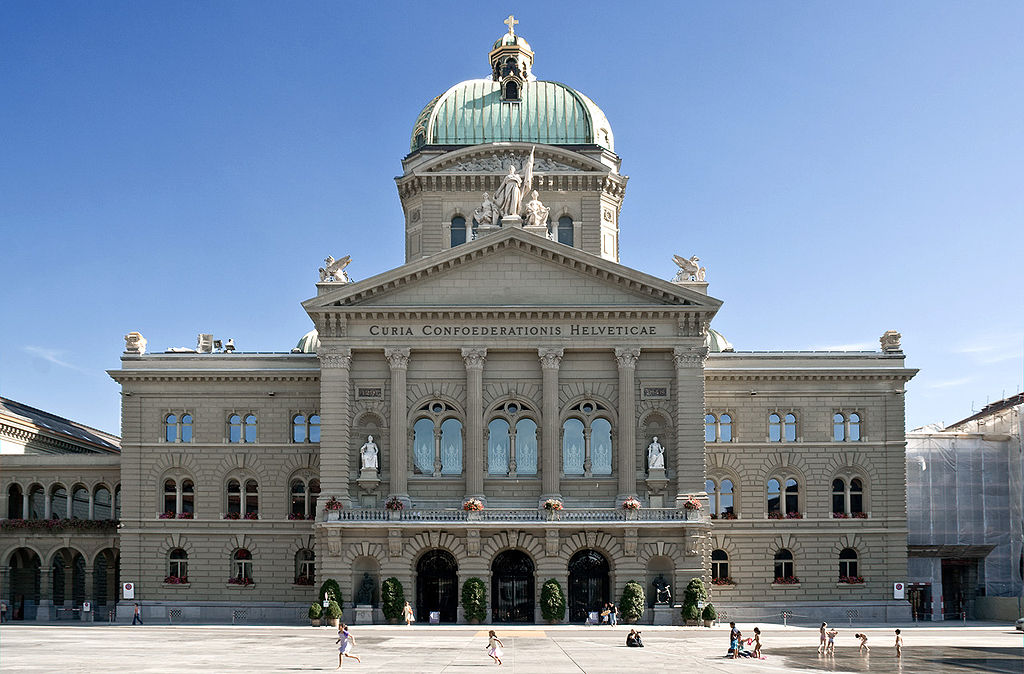
Bern, the capital of Switzerland, is a charming medieval city with a well-preserved Old Town that is recognized as a UNESCO World Heritage site. Located along the Aare River, Bern is known for its picturesque arcades, historic fountains, and the iconic Zytglogge clock tower. The city’s political and cultural life revolves around its historic government buildings, museums, and theaters. Visitors can also explore the Bear Park, which honors the city’s mascot, the bear. Bern is a city that perfectly balances its rich history with its status as a modern capital.
Interesting Fact:
Bern got its name from the city’s founders, who supposedly named it after a bear they encountered in the area, which is still a symbol of the city today.
Turkey – Ankara

Ankara, the capital of Turkey, is located in the heart of the country and is a city of great historical importance. While Istanbul often steals the spotlight as Turkey’s cultural capital, Ankara plays a pivotal role as the political and administrative center. The city is home to key landmarks such as the Atatürk Mausoleum (Anıtkabir), where the founder of the Turkish Republic is buried, and the Haci Bayram Mosque. Ankara’s Old Town, with its winding streets and ancient ruins, contrasts beautifully with its modern, bustling business districts. The city’s extensive parks, museums, and theaters add to its charm, making it a dynamic mix of history and progress.
Interesting Fact:
Ankara became the capital of Turkey in 1923, replacing Istanbul in a strategic move to position the new republic at the heart of the country.
Ukraine – Kyiv
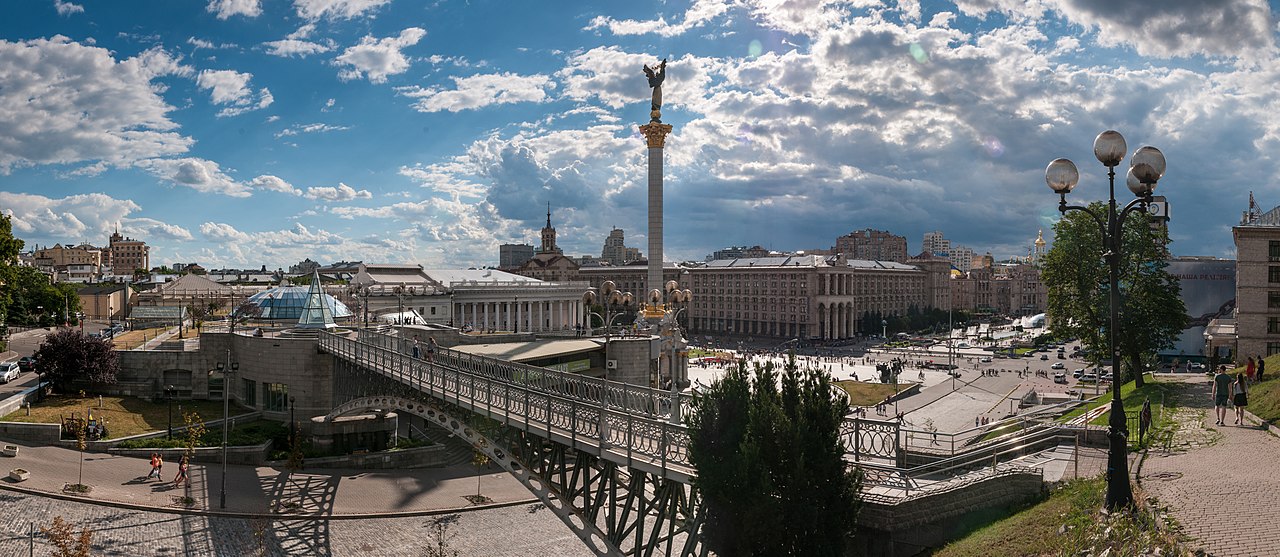
Kyiv, the capital of Ukraine, is a city with a deep history that dates back over 1,400 years. The city is known for its stunning churches, such as the Saint Sophia Cathedral and the Kyiv Pechersk Lavra, both UNESCO World Heritage sites. Kyiv is also an important center of Ukrainian culture, with numerous theaters, galleries, and cultural festivals. The city’s vibrant streets, beautiful parks, and monuments to the nation’s past, including the Maidan Nezalezhnosti (Independence Square), offer a unique glimpse into Ukraine’s history and its ongoing journey.
Interesting Fact:
Kyiv is home to some of the oldest Eastern Orthodox churches in the world, with the Saint Sophia Cathedral being a prime example of 11th-century architecture.
United Kingdom – London
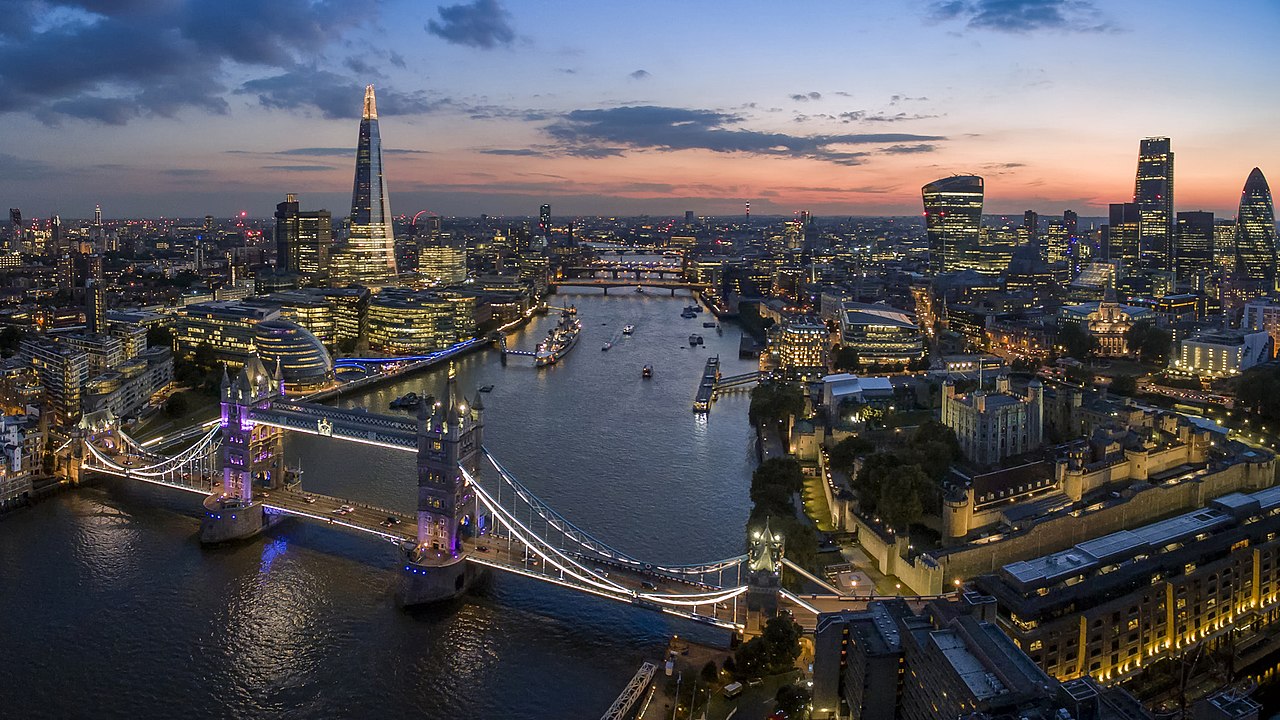
London, the capital of the United Kingdom, is one of the world’s most iconic cities, blending ancient history with modernity. Famous landmarks such as the Tower of London, Buckingham Palace, the British Museum, and the Houses of Parliament attract millions of tourists each year. The city is a major global hub for finance, fashion, and culture. London’s diverse neighborhoods, including the bustling West End, trendy Shoreditch, and historic Covent Garden, offer something for every type of traveler. The city’s vibrant arts scene, theaters, and music festivals make it one of the most dynamic cultural capitals in the world.
Interesting Fact:
London has a long history of being a center of innovation, with the world’s first underground railway system (the Tube) opening in 1863.
Vatican City – Vatican City
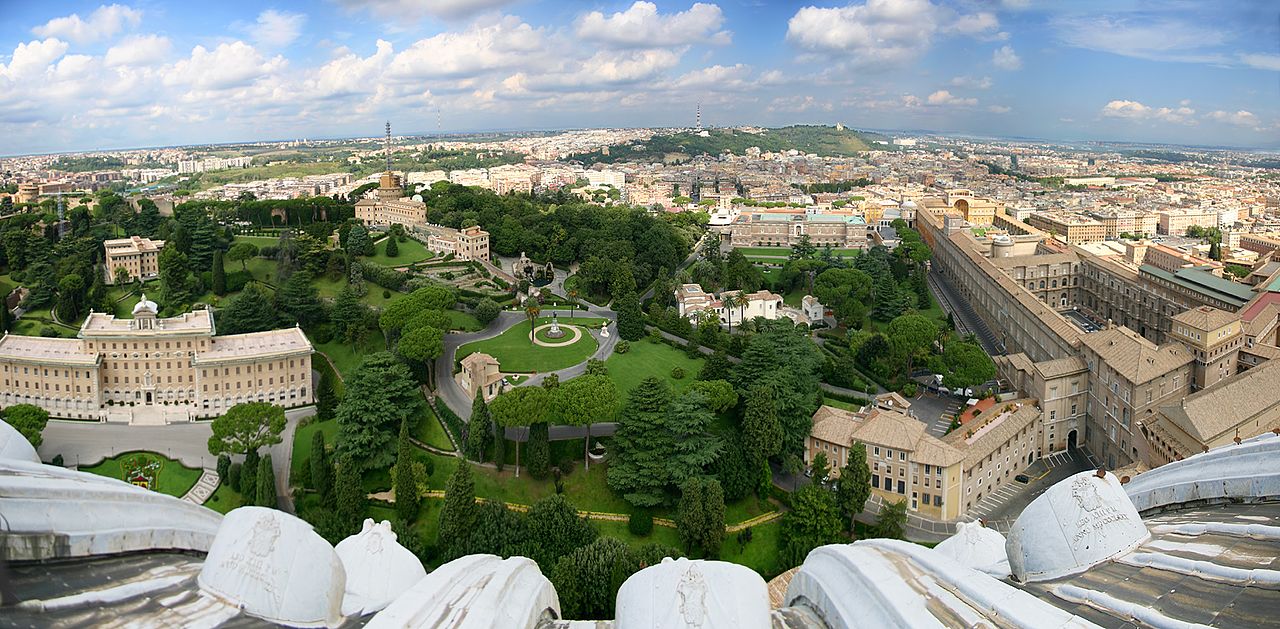
Vatican City is the smallest independent state in the world, both in terms of population and area. Located entirely within the city of Rome, Italy, it serves as the spiritual and administrative center of the Roman Catholic Church. The Vatican is home to some of the world’s most renowned art and architecture, including the Sistine Chapel with its famous ceiling painted by Michelangelo, and St. Peter’s Basilica, one of the largest and most beautiful churches in the world. Vatican City is also a UNESCO World Heritage site, attracting millions of visitors to its museums, gardens, and historic buildings.
Interesting Fact:
Vatican City has its own postal service, and it is the only country in the world to have a Vatican postage stamp designed exclusively for its use.




